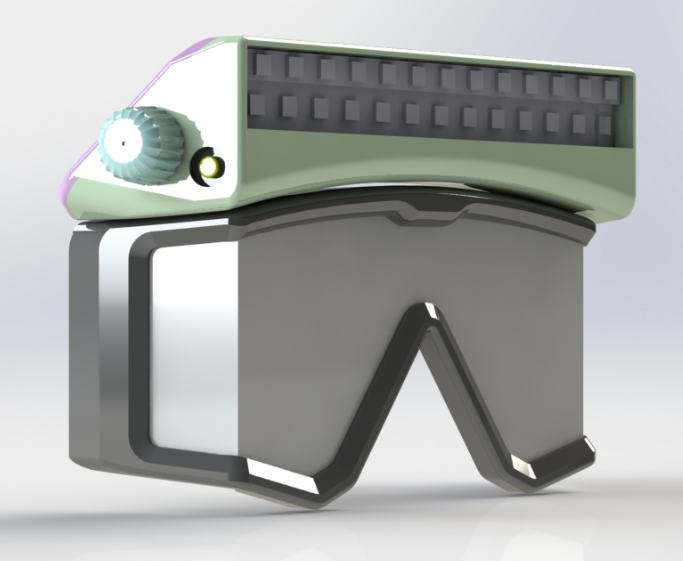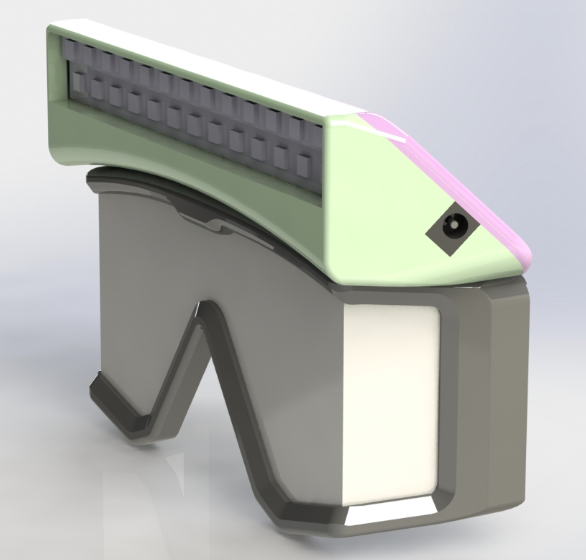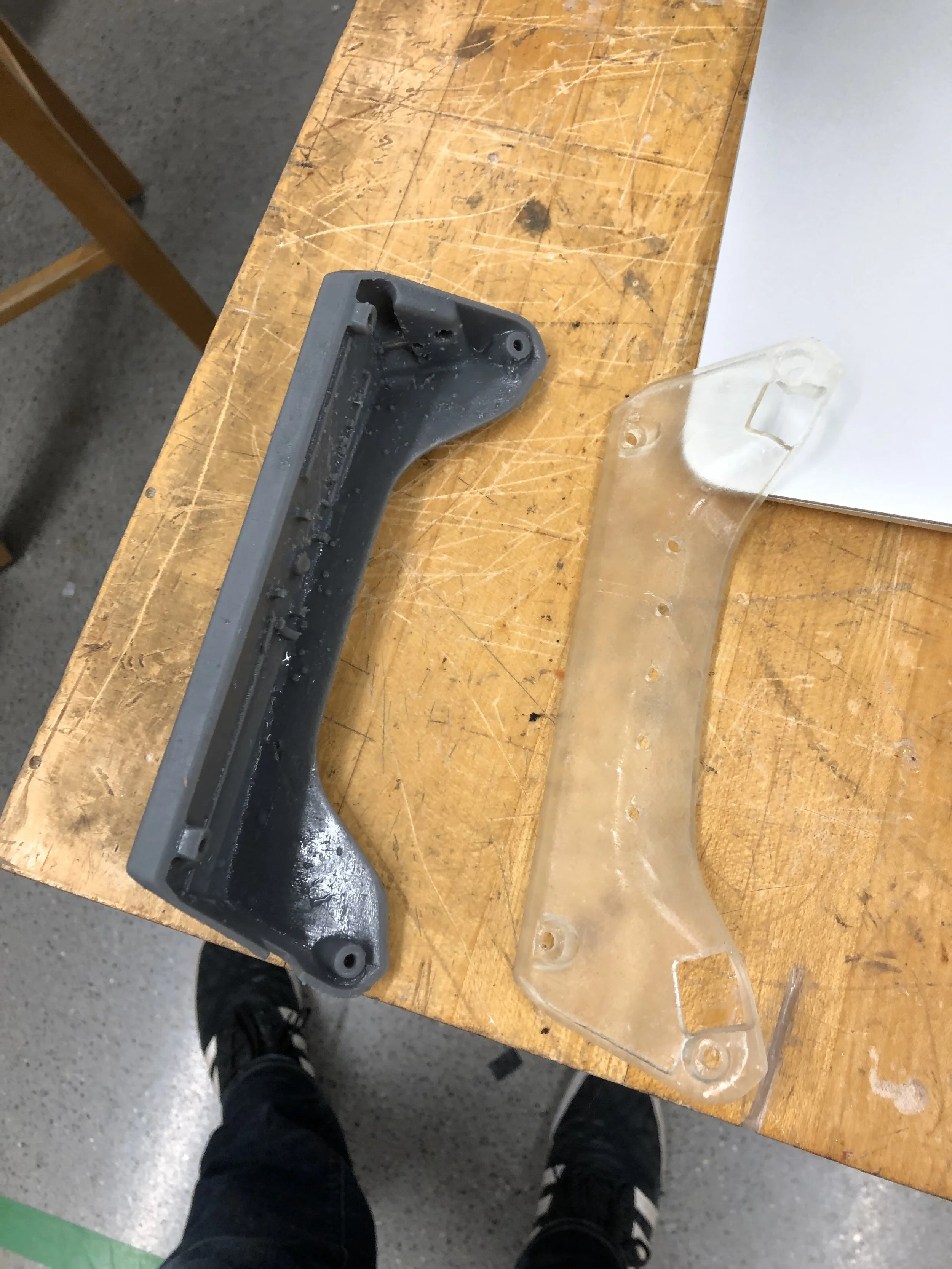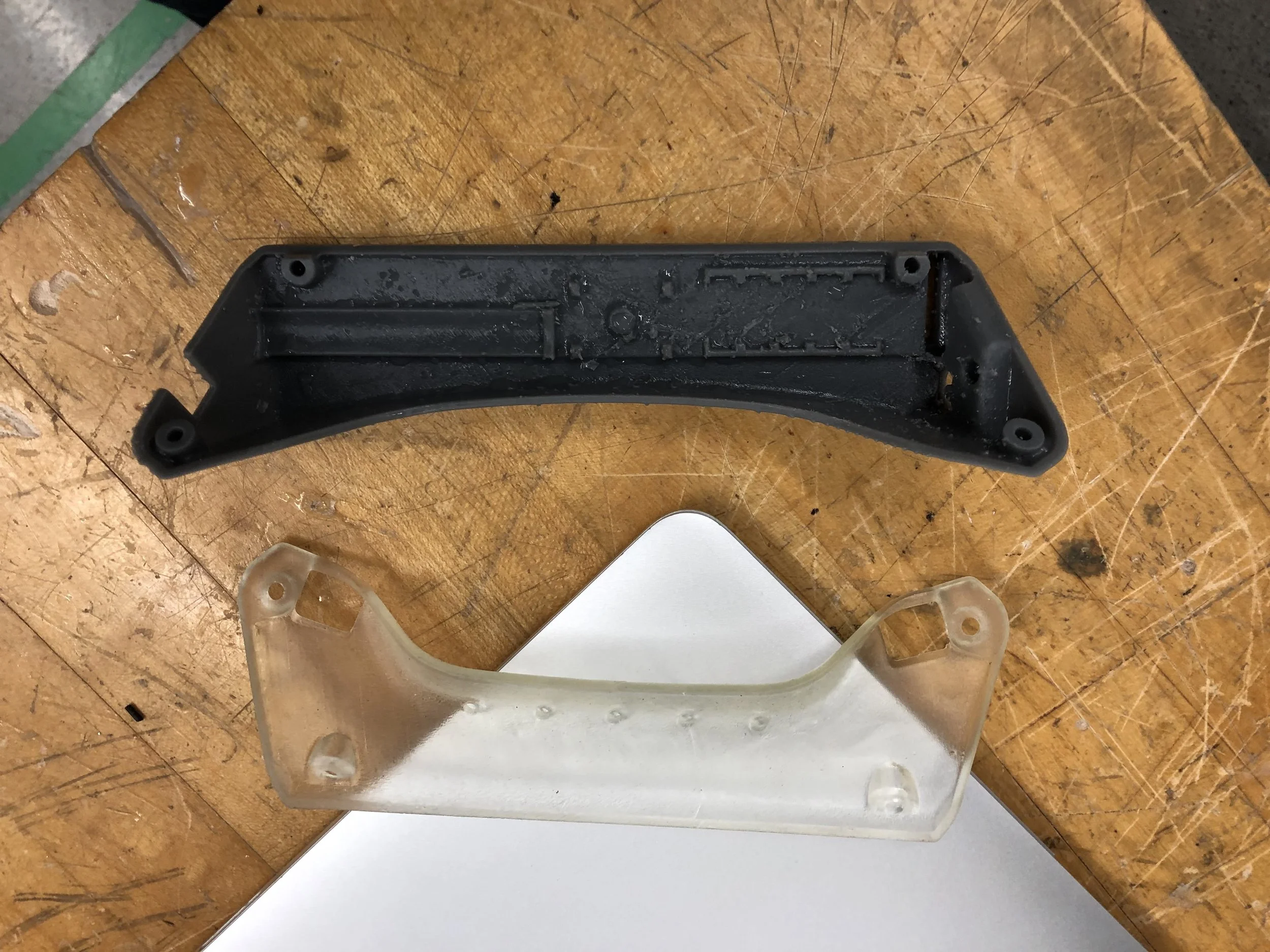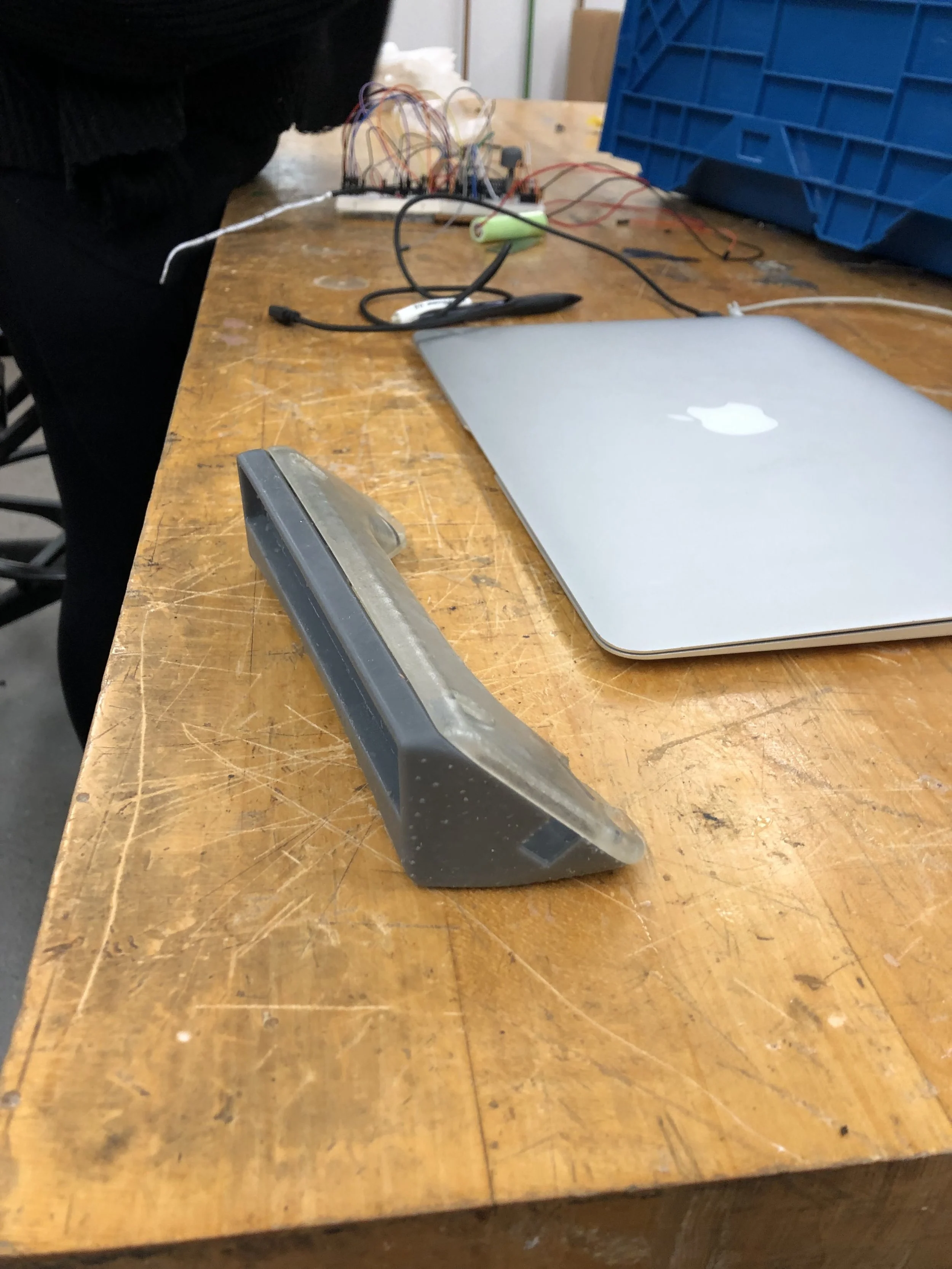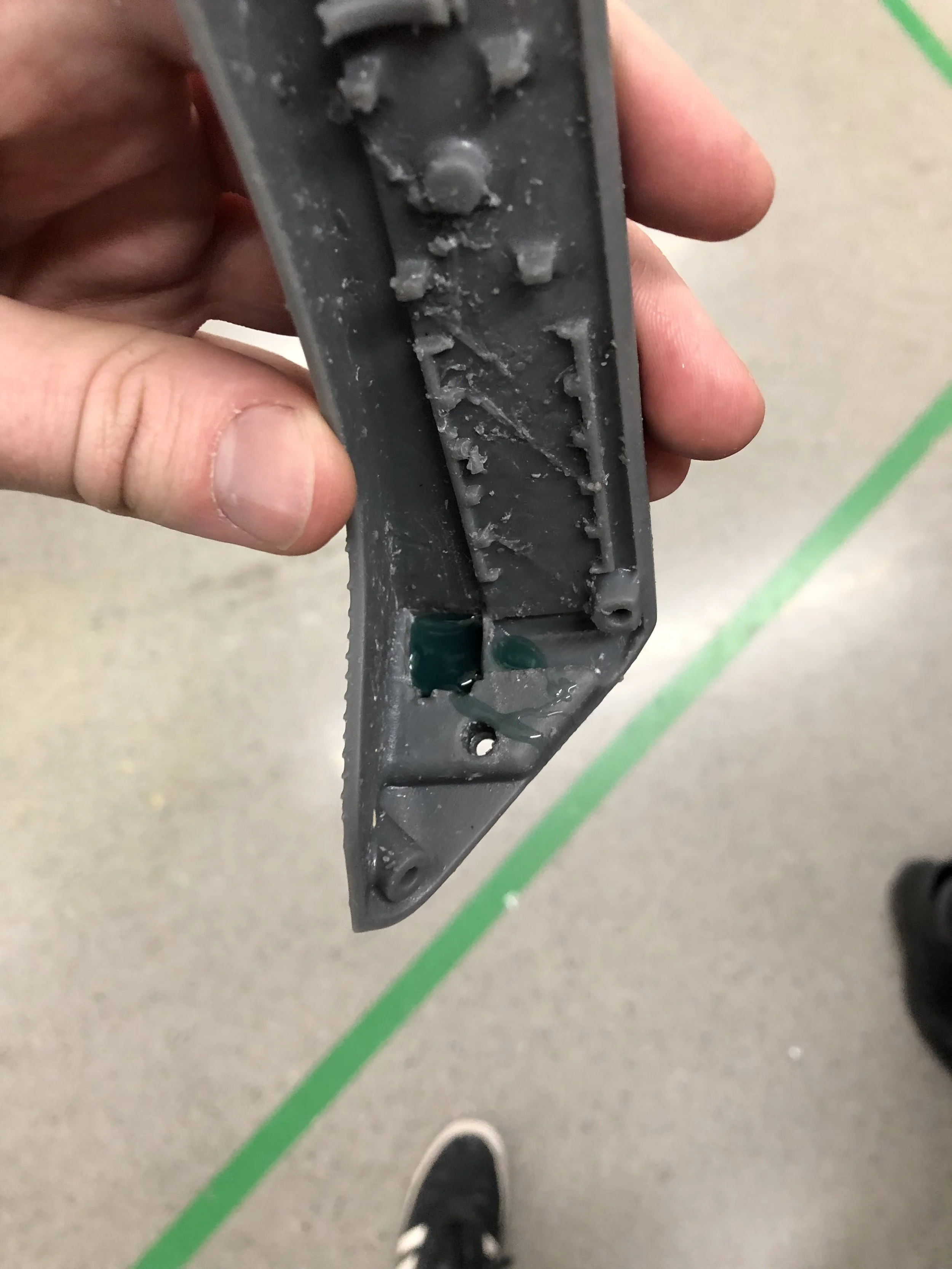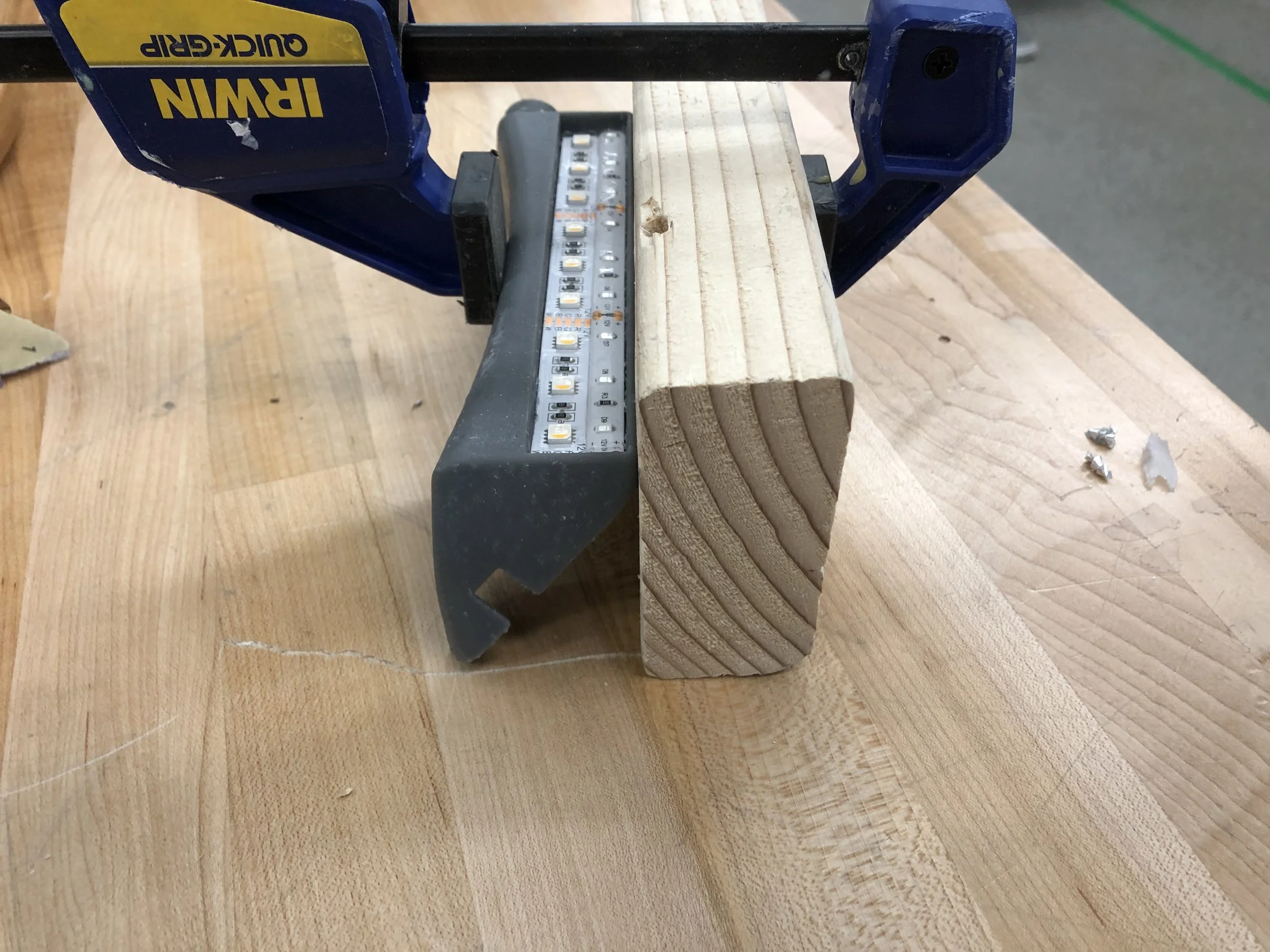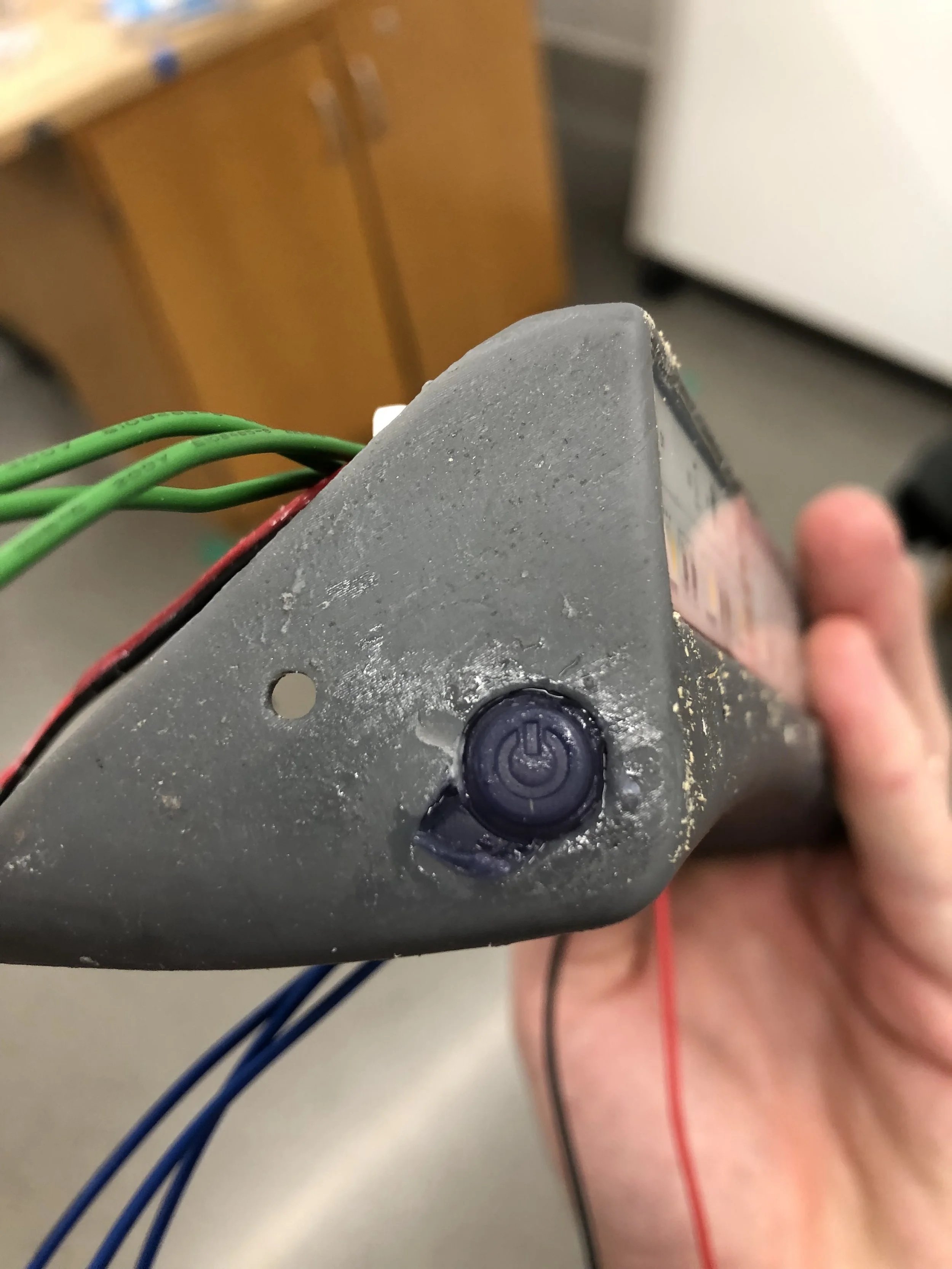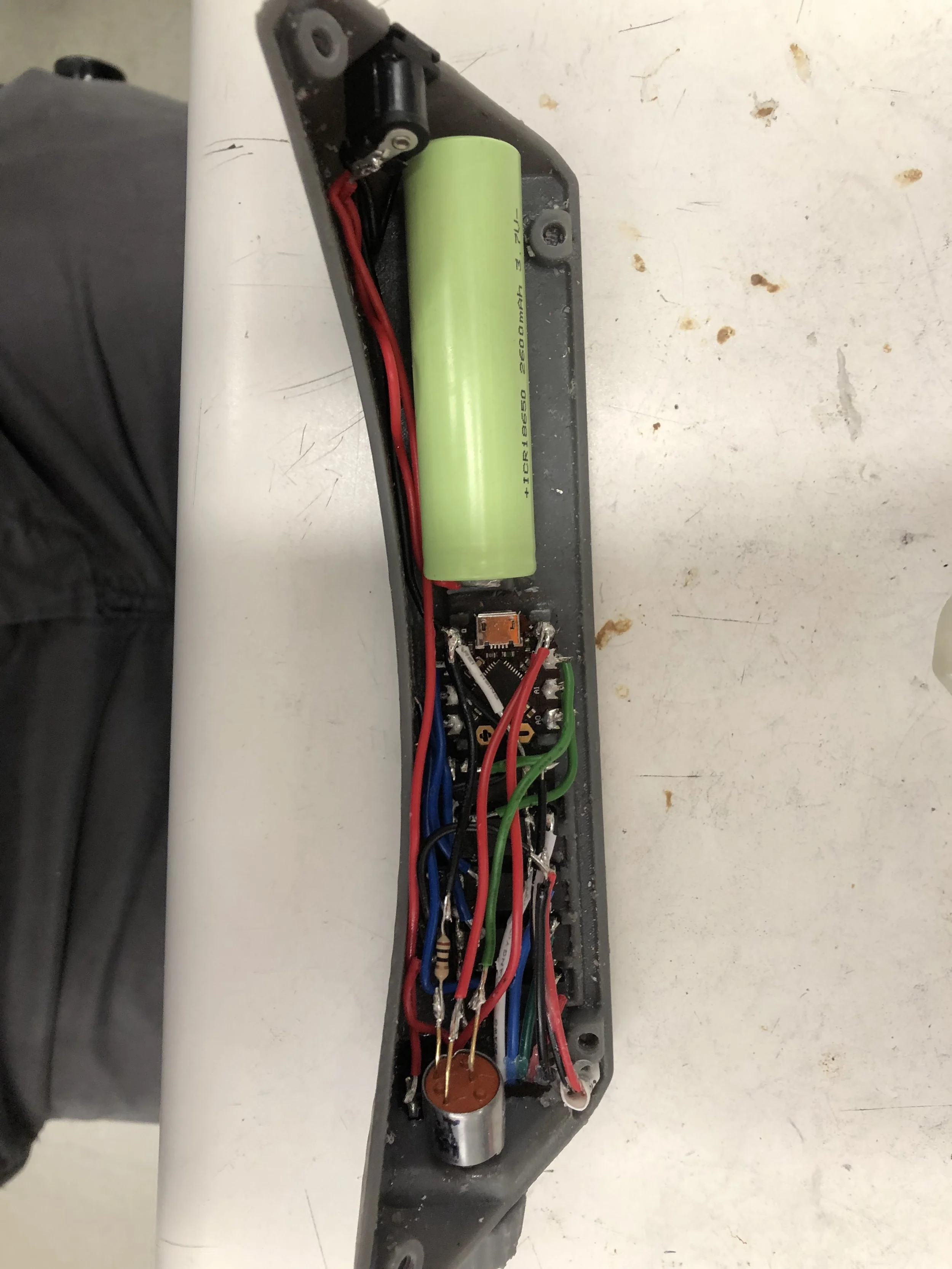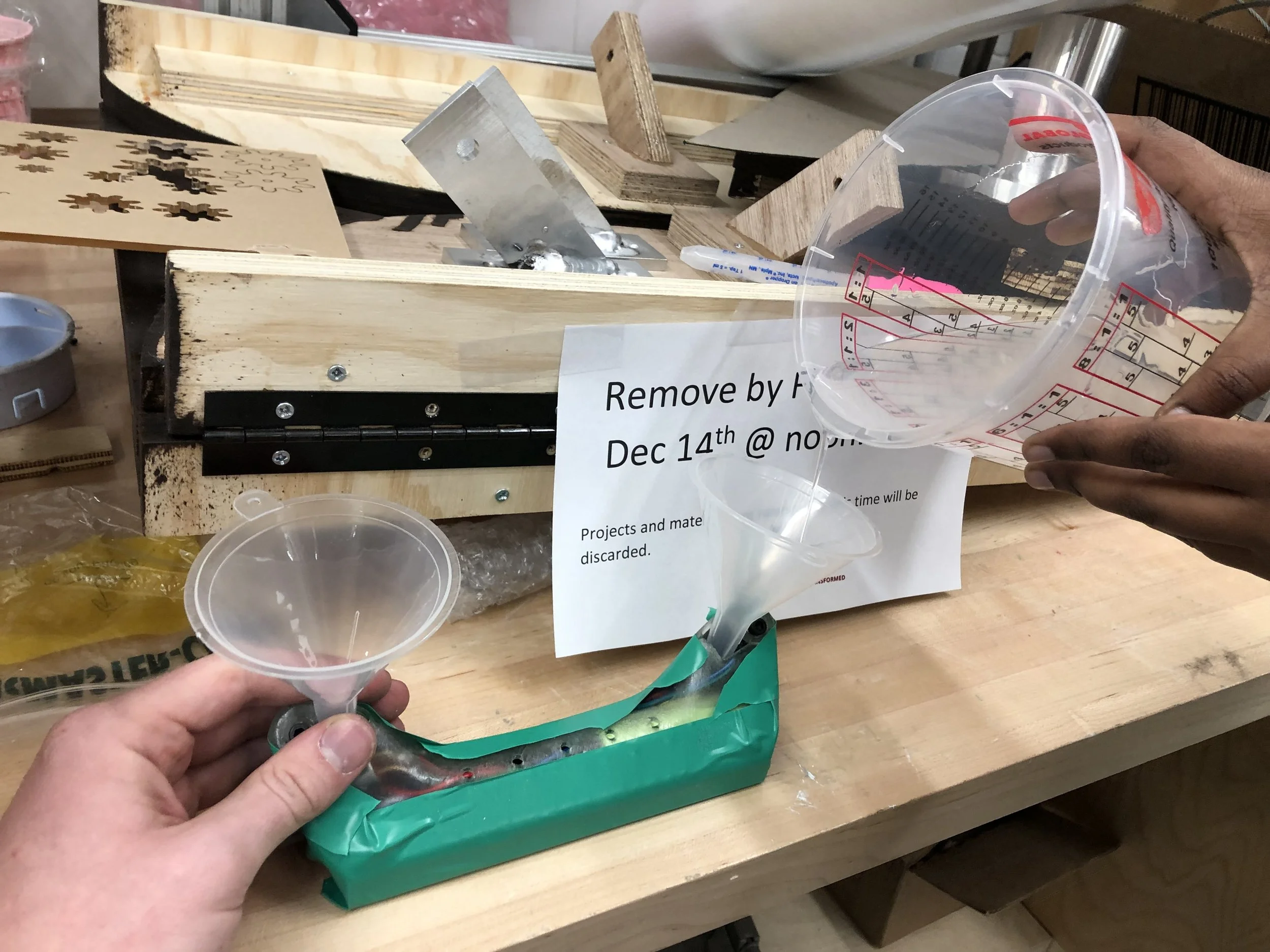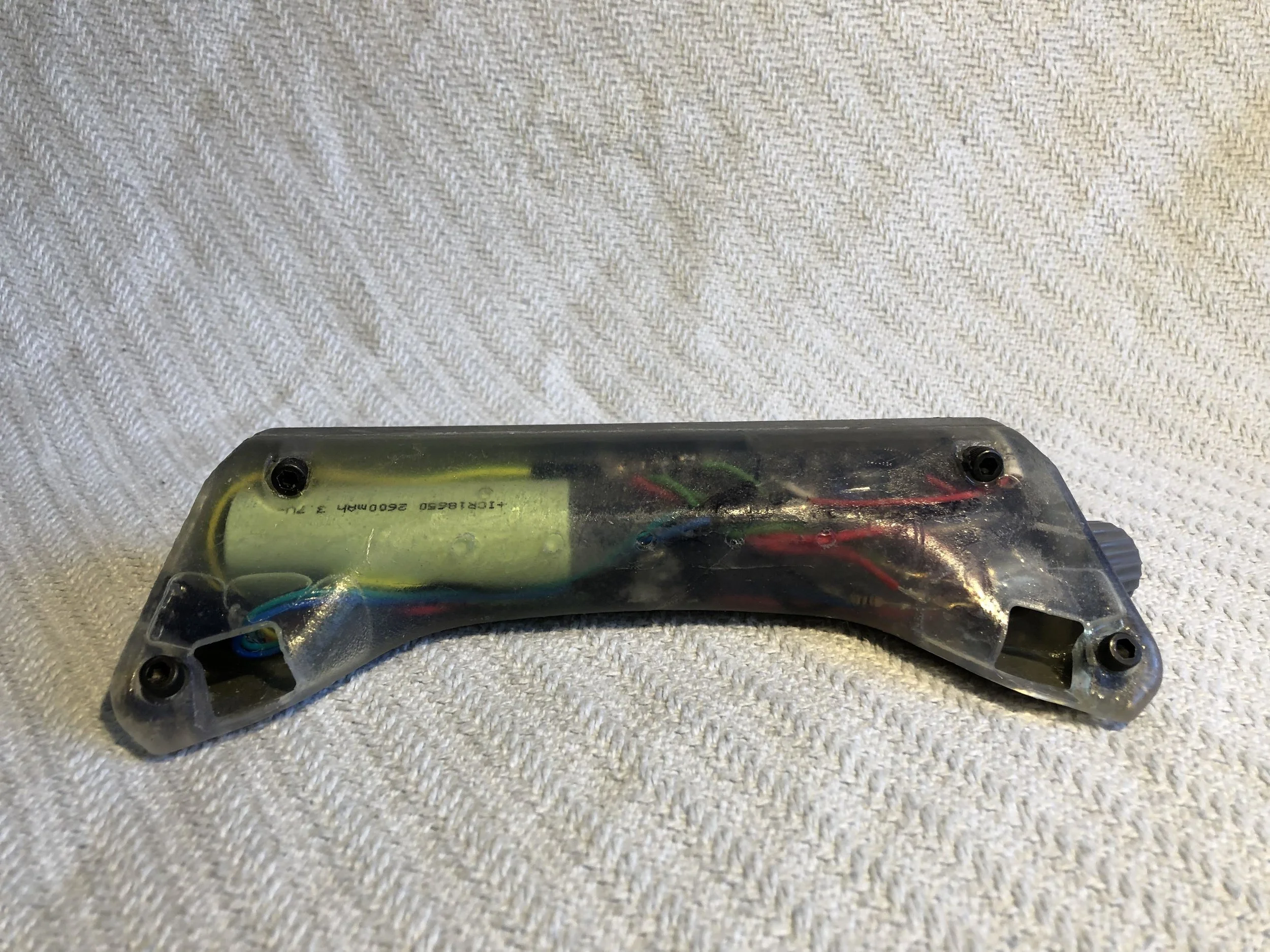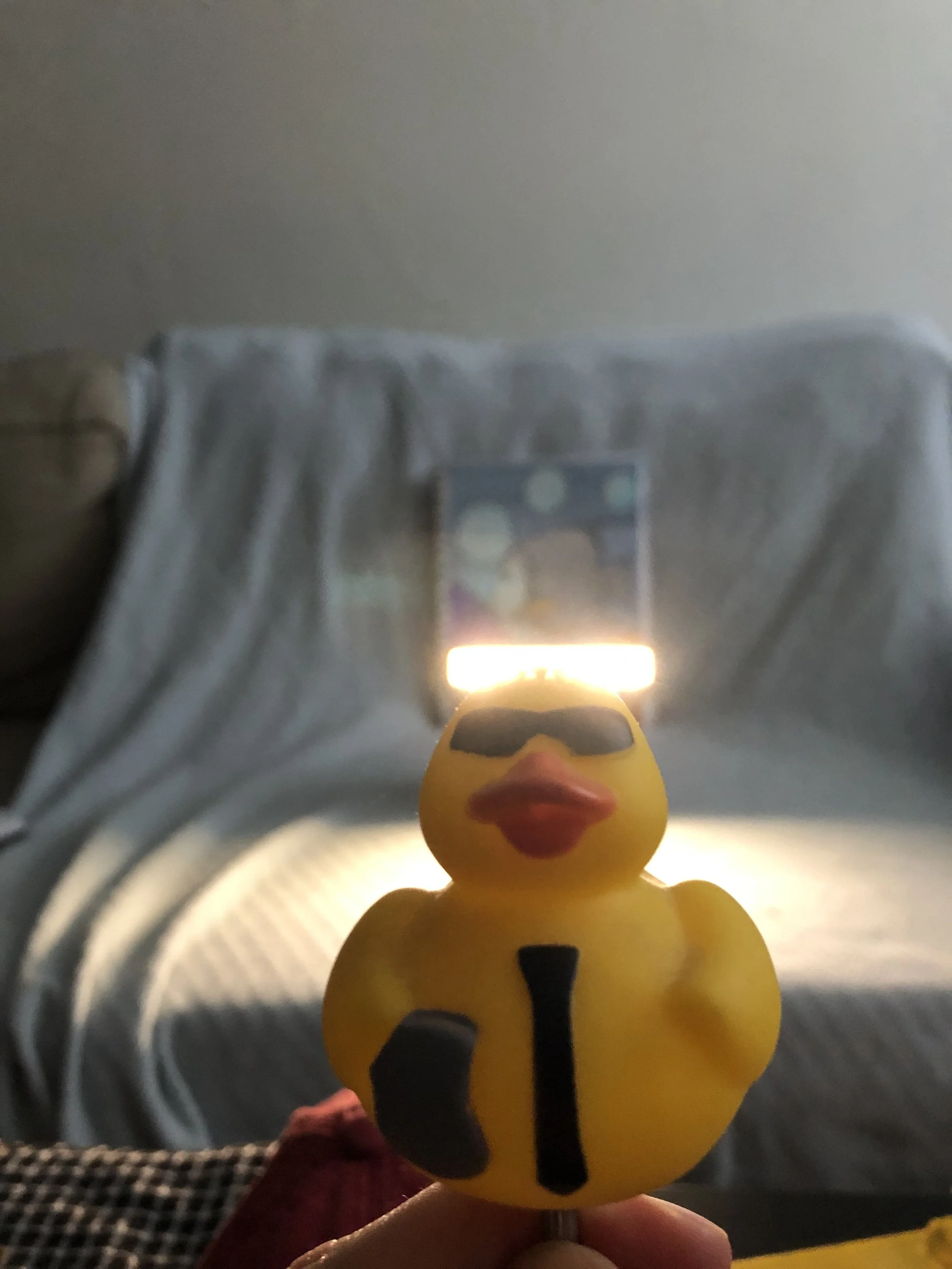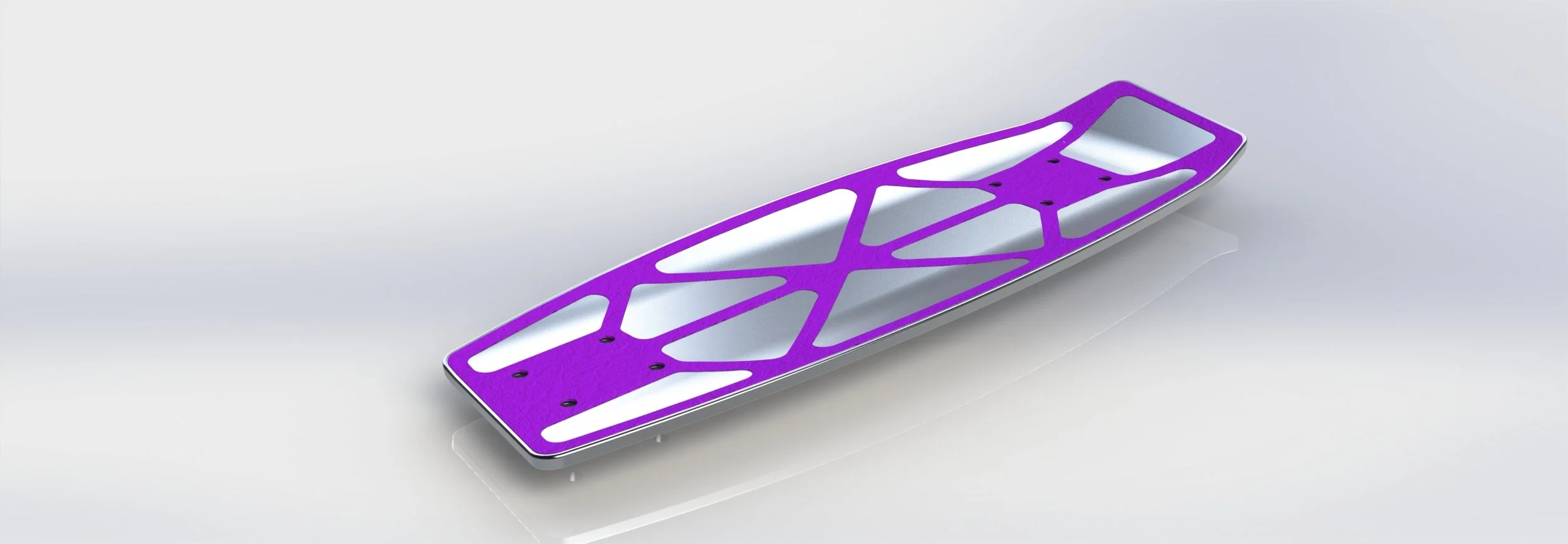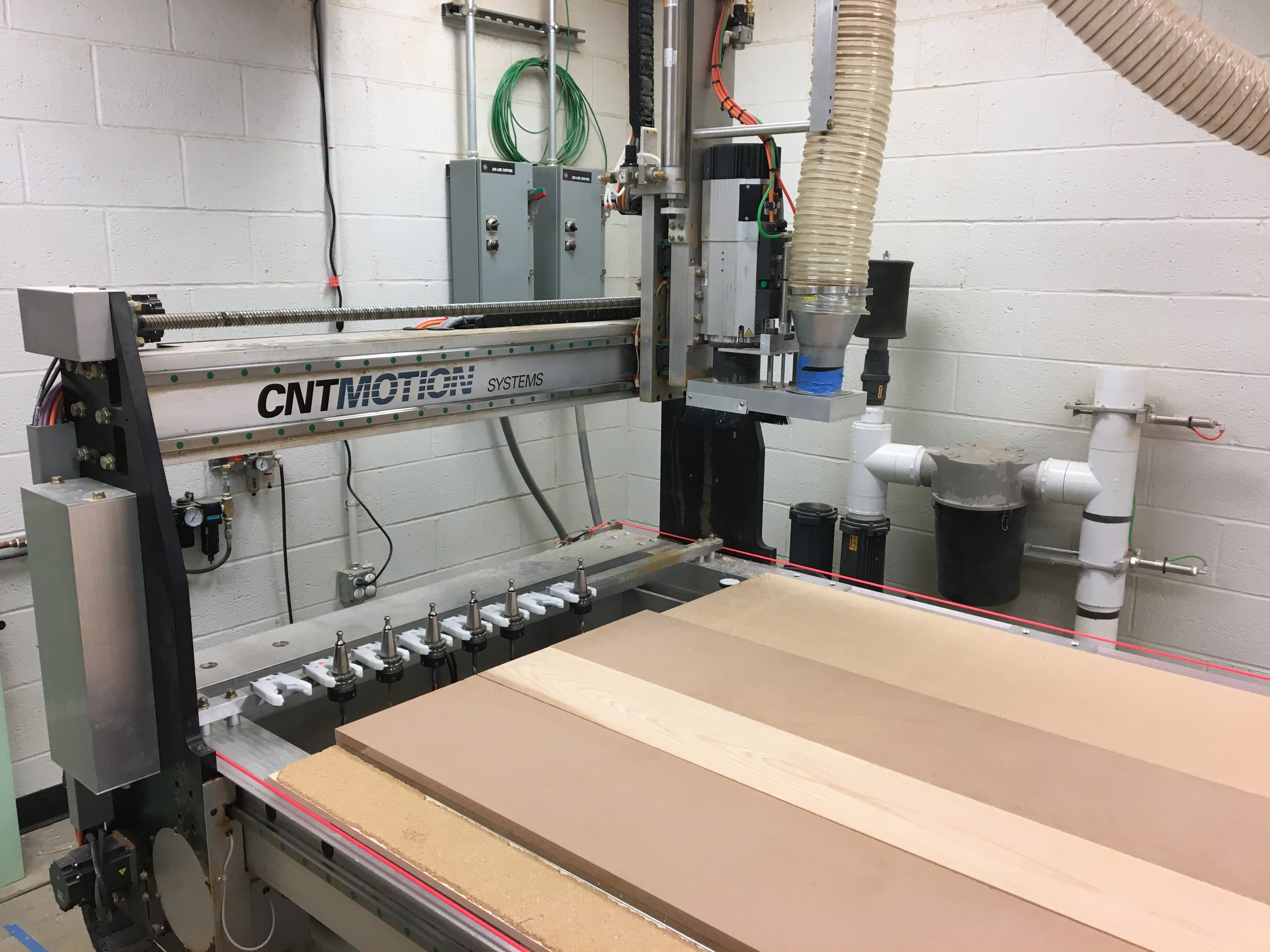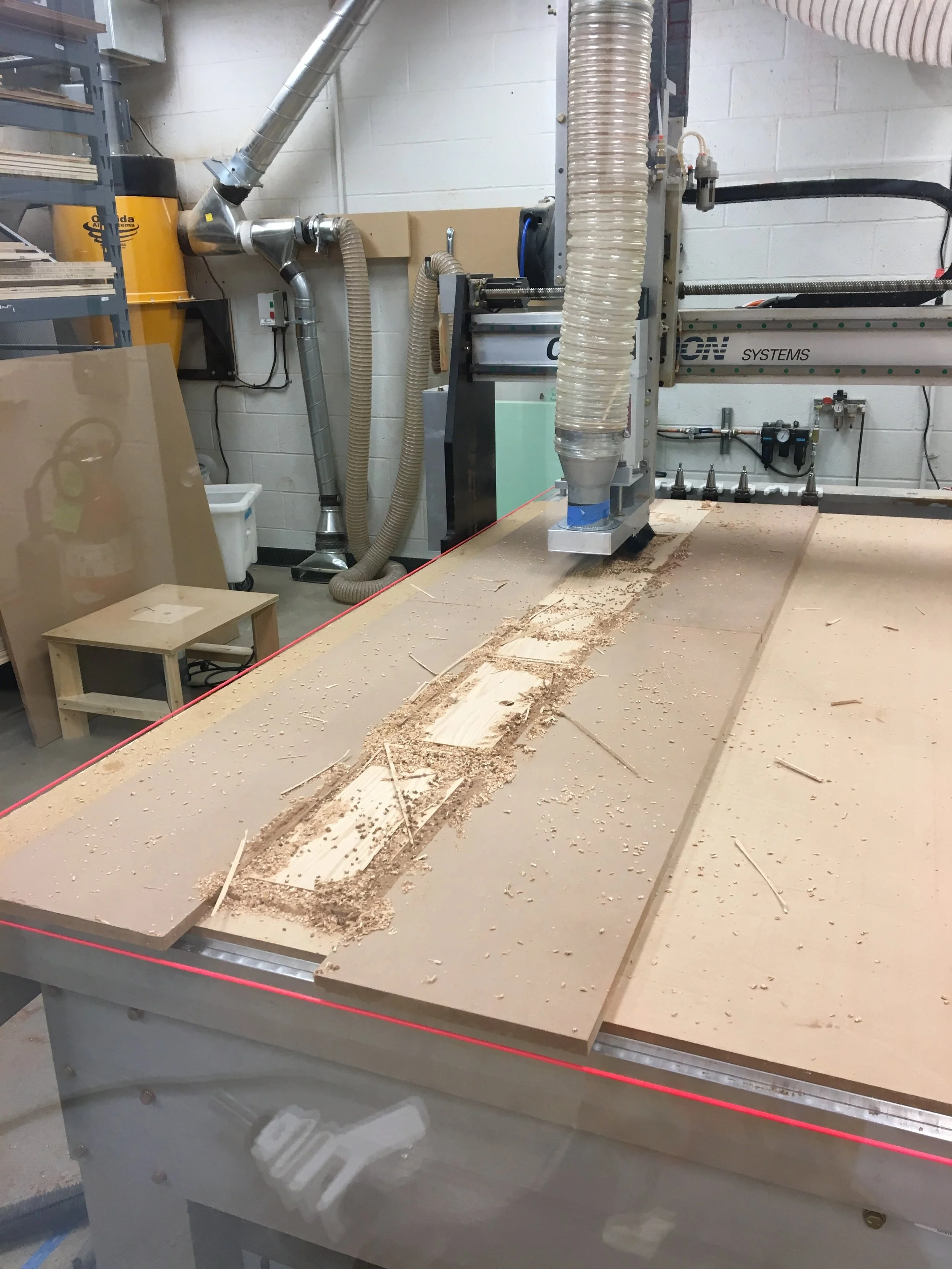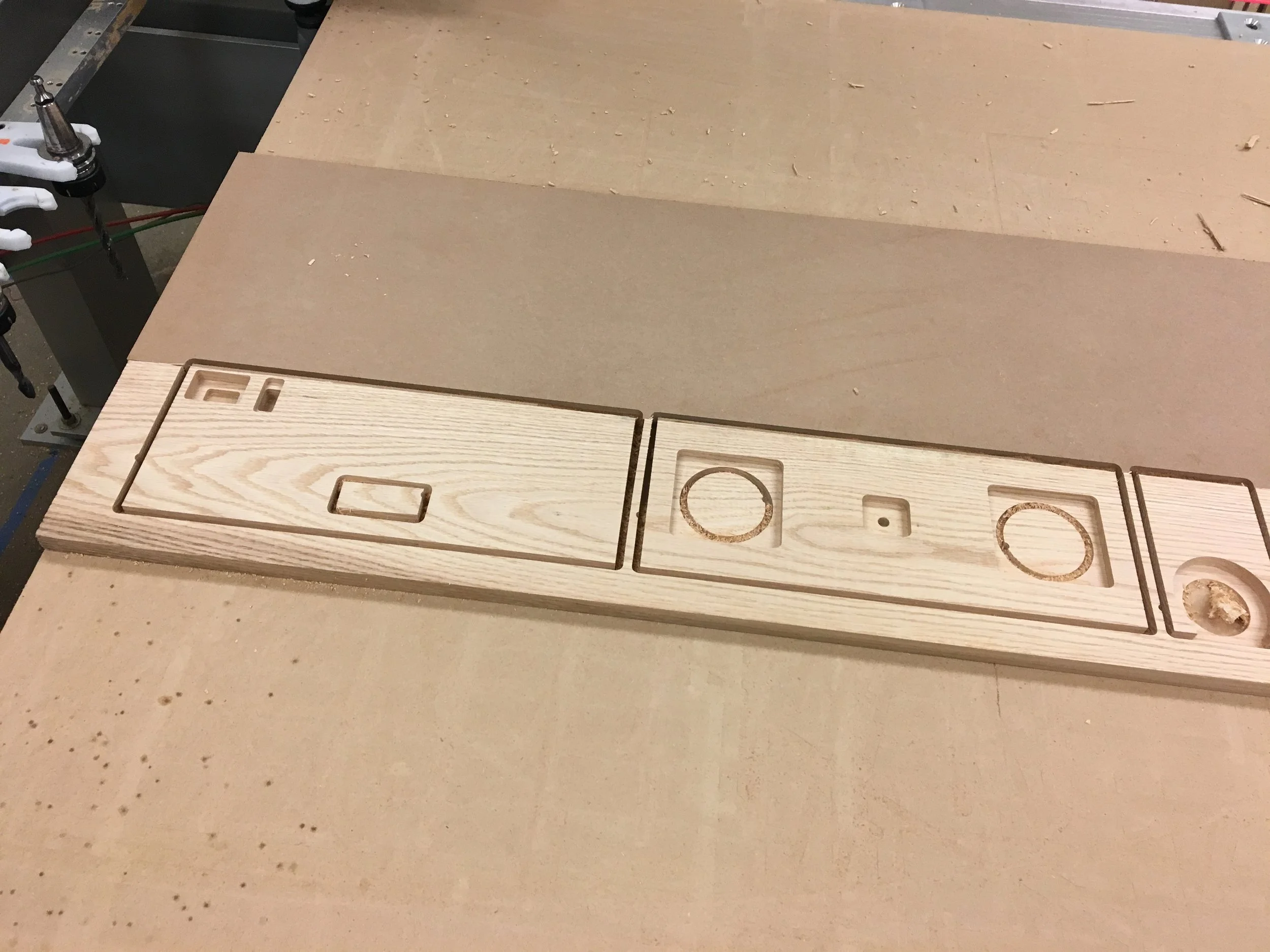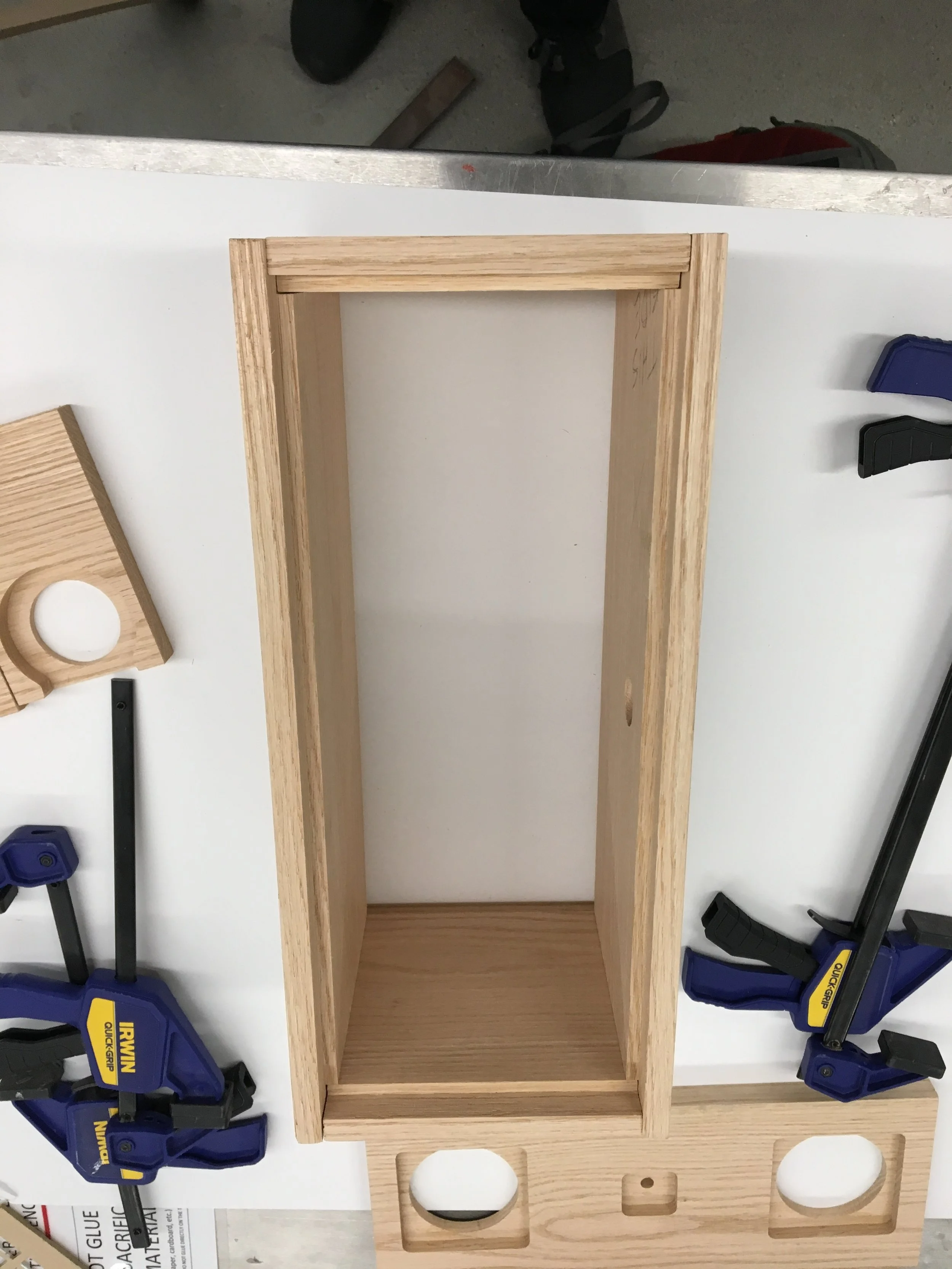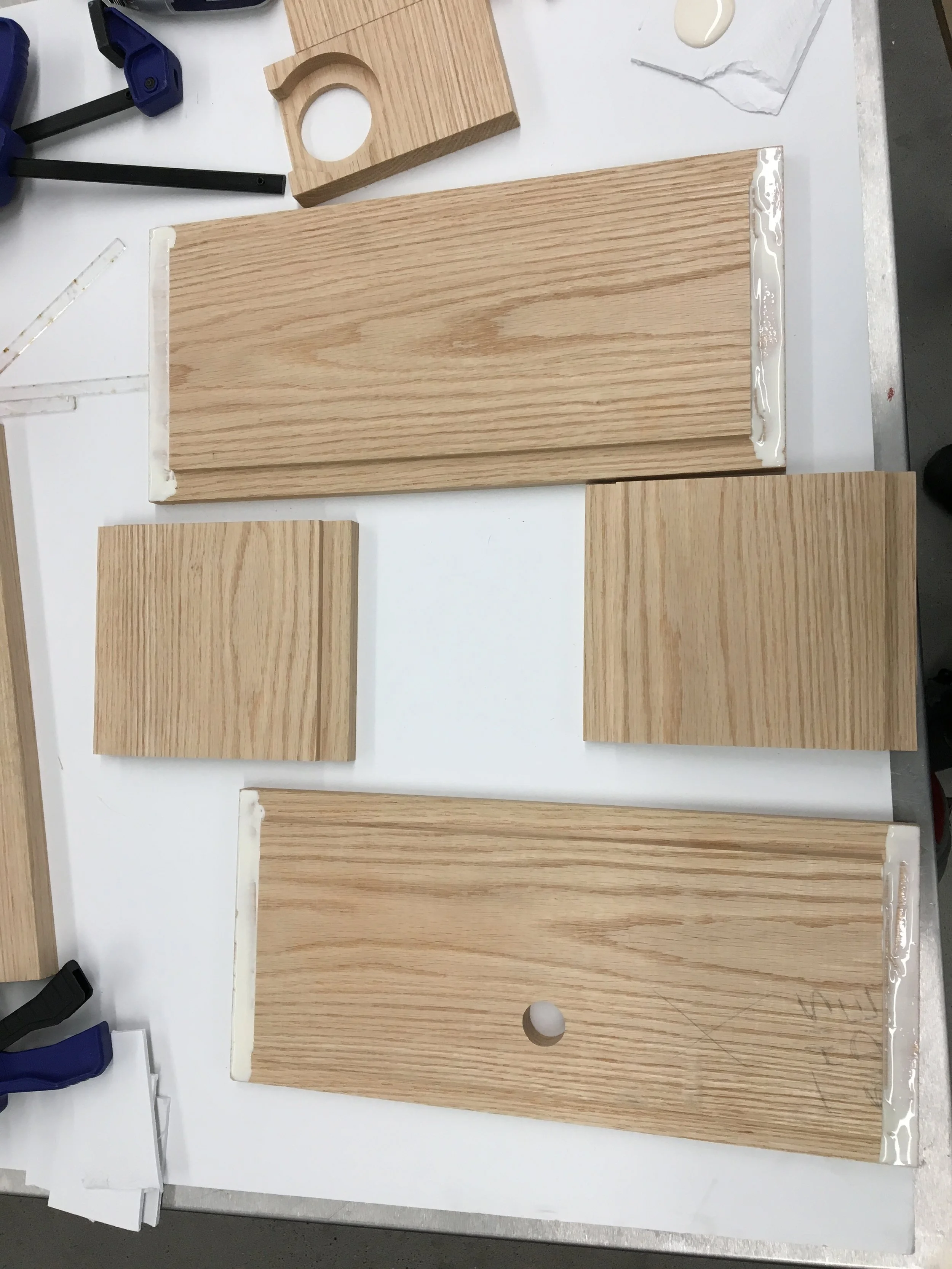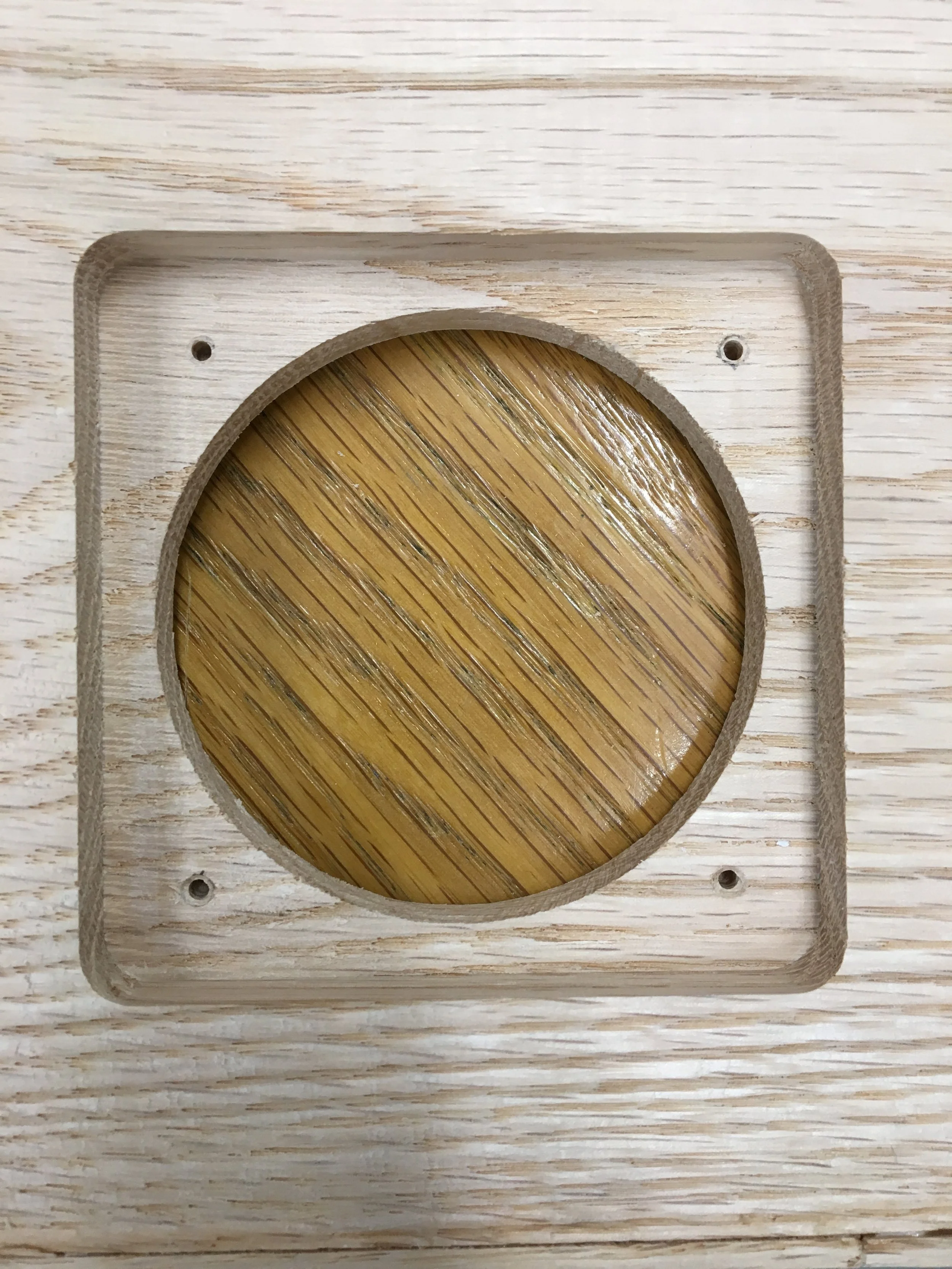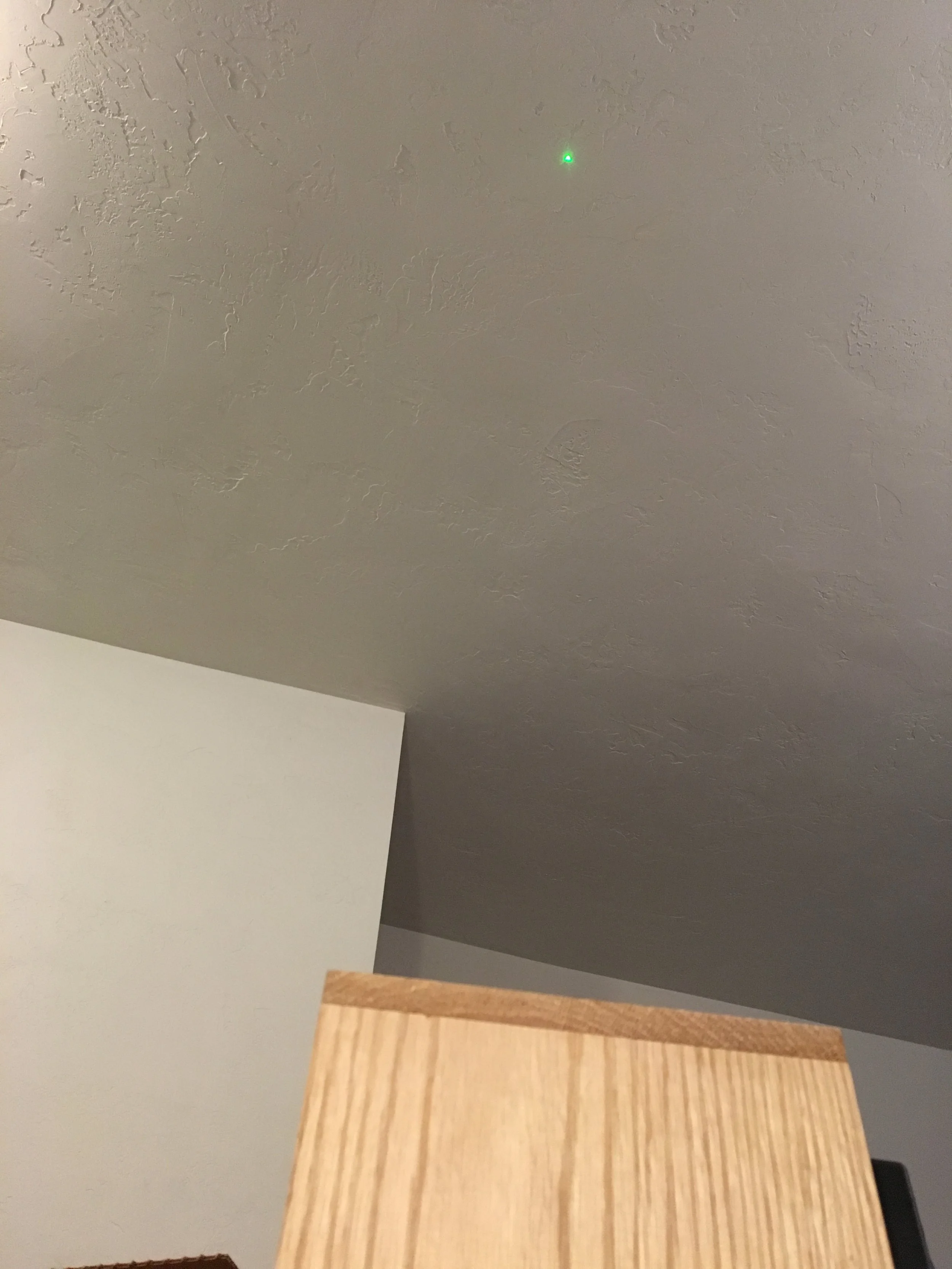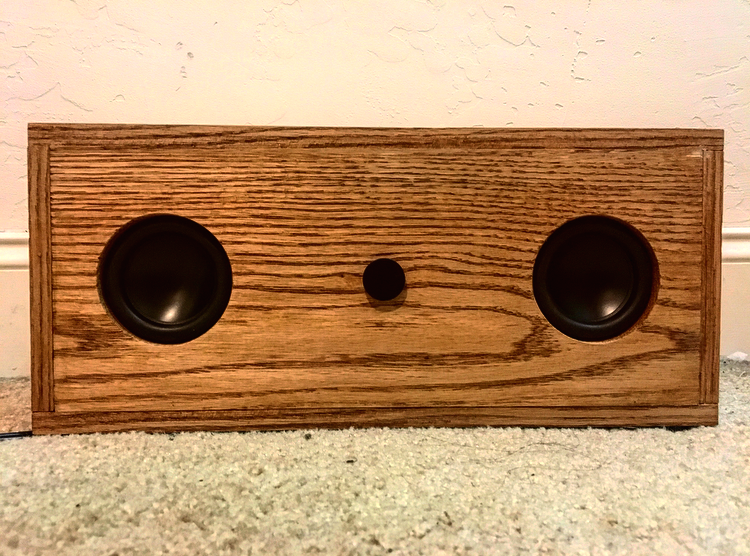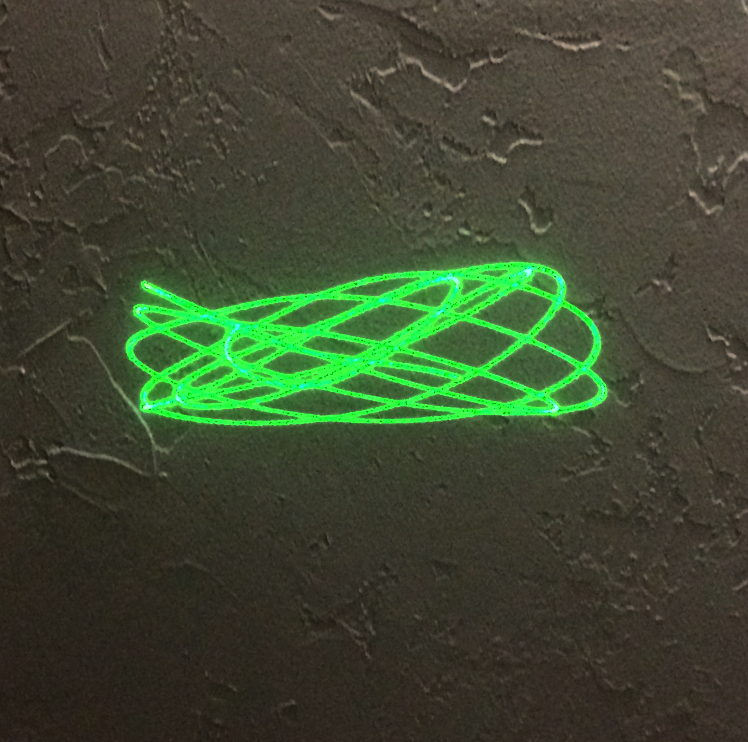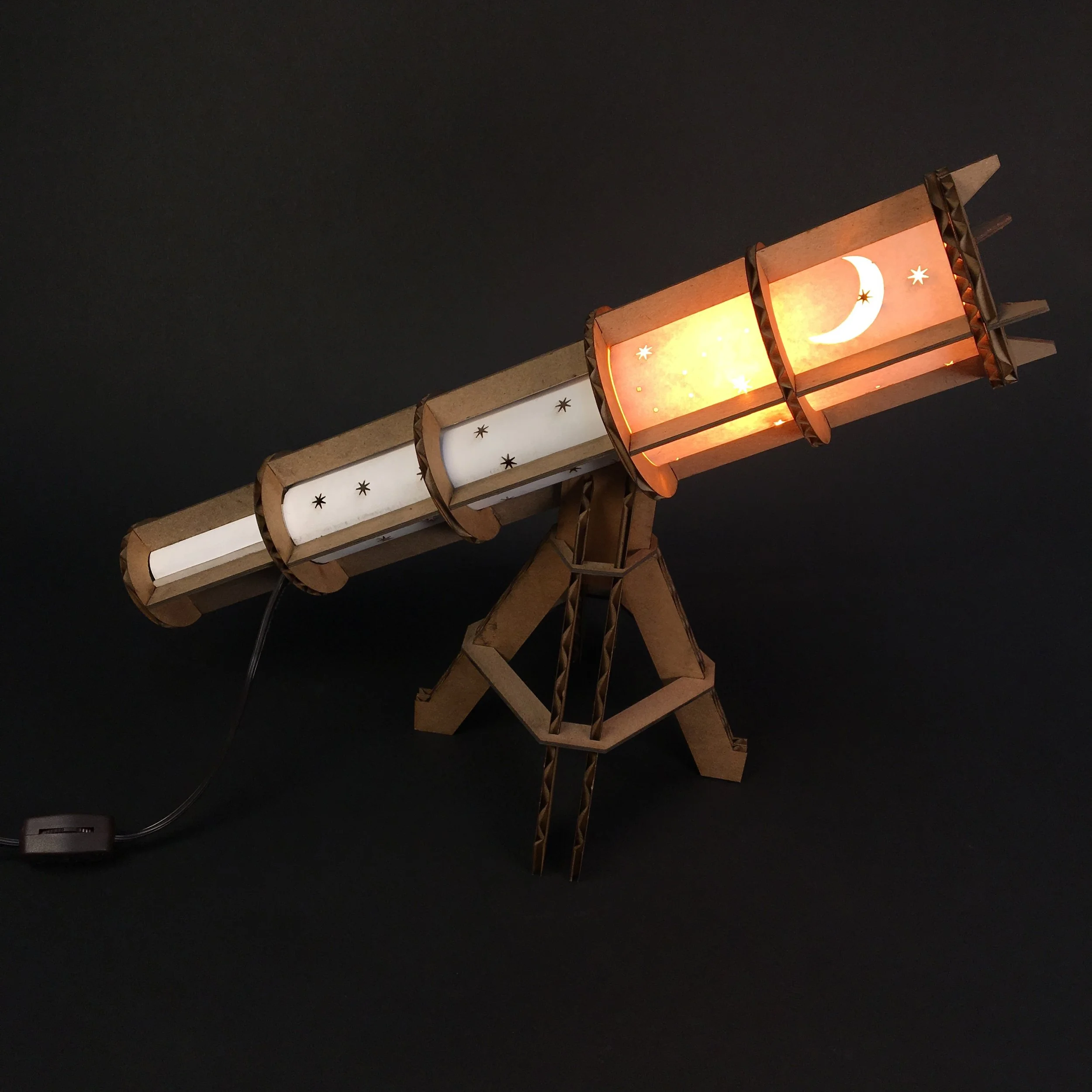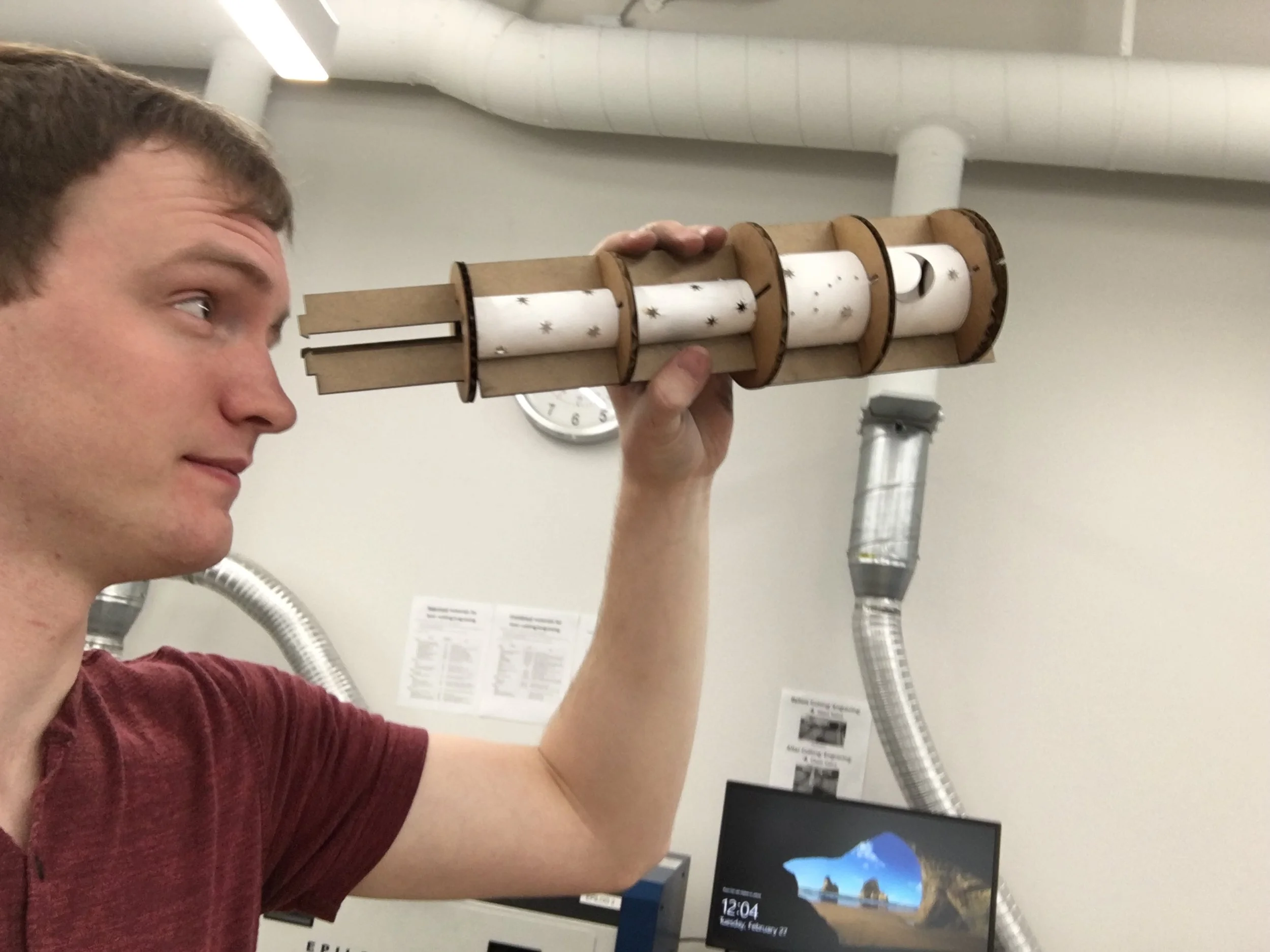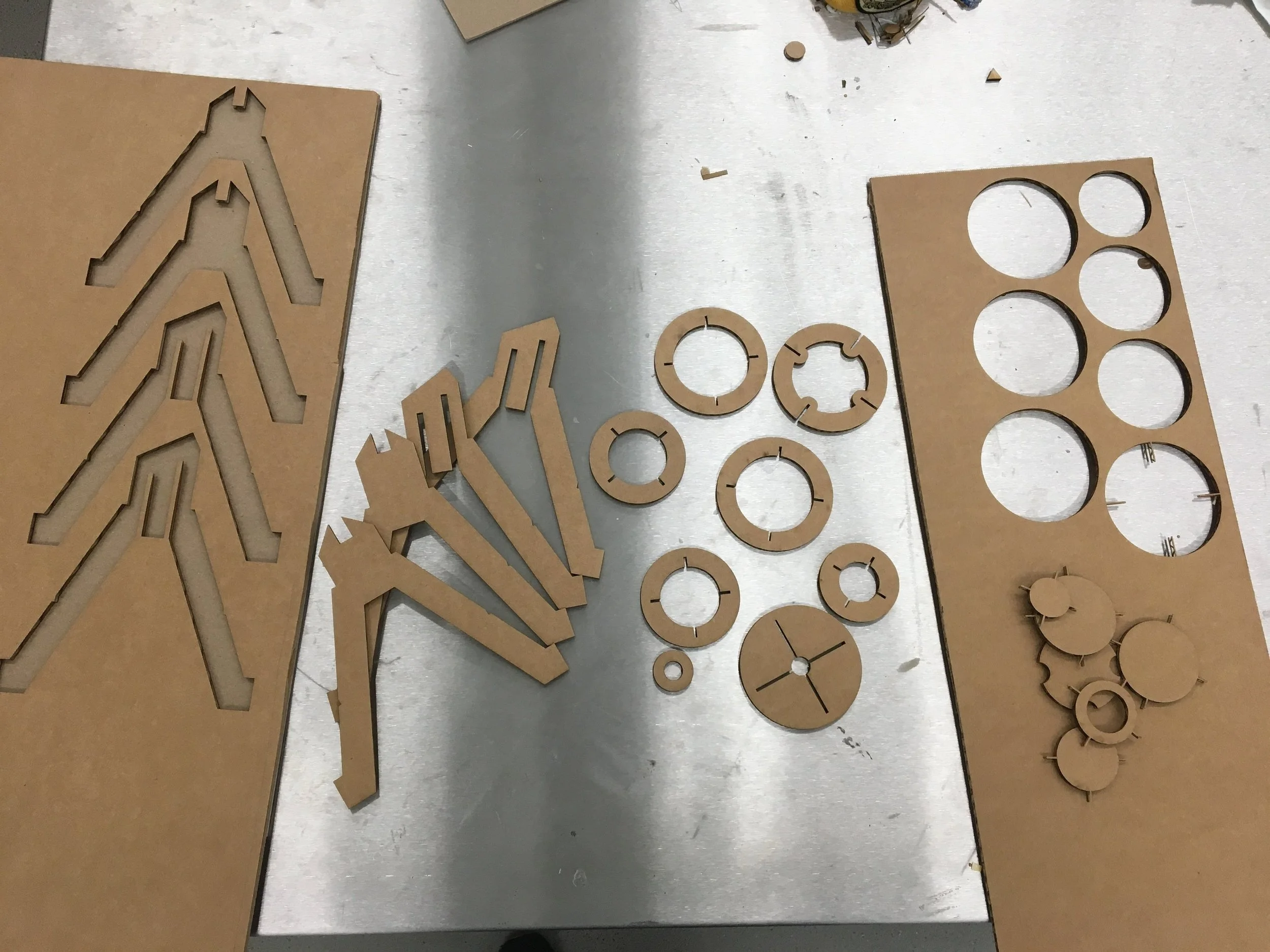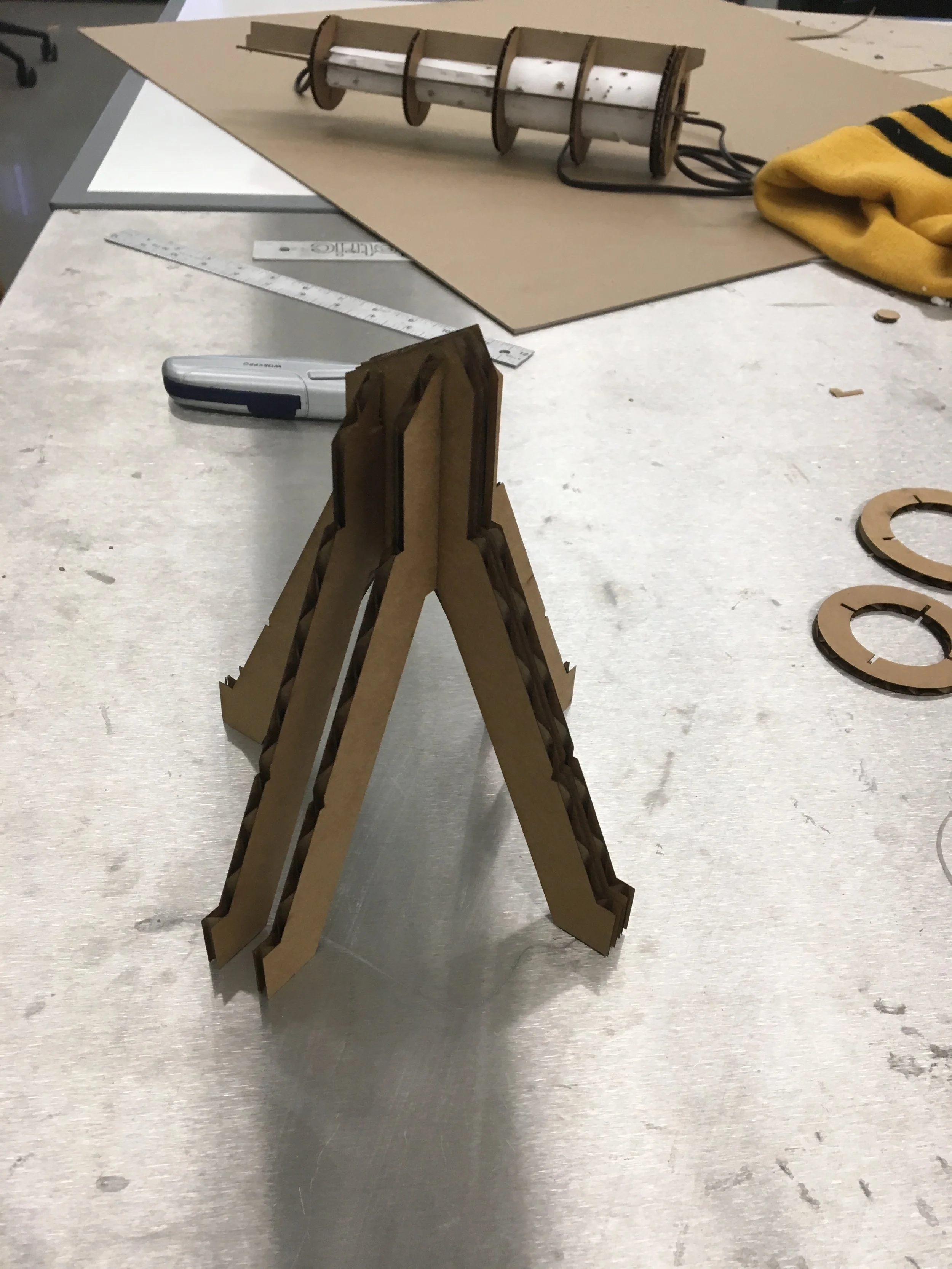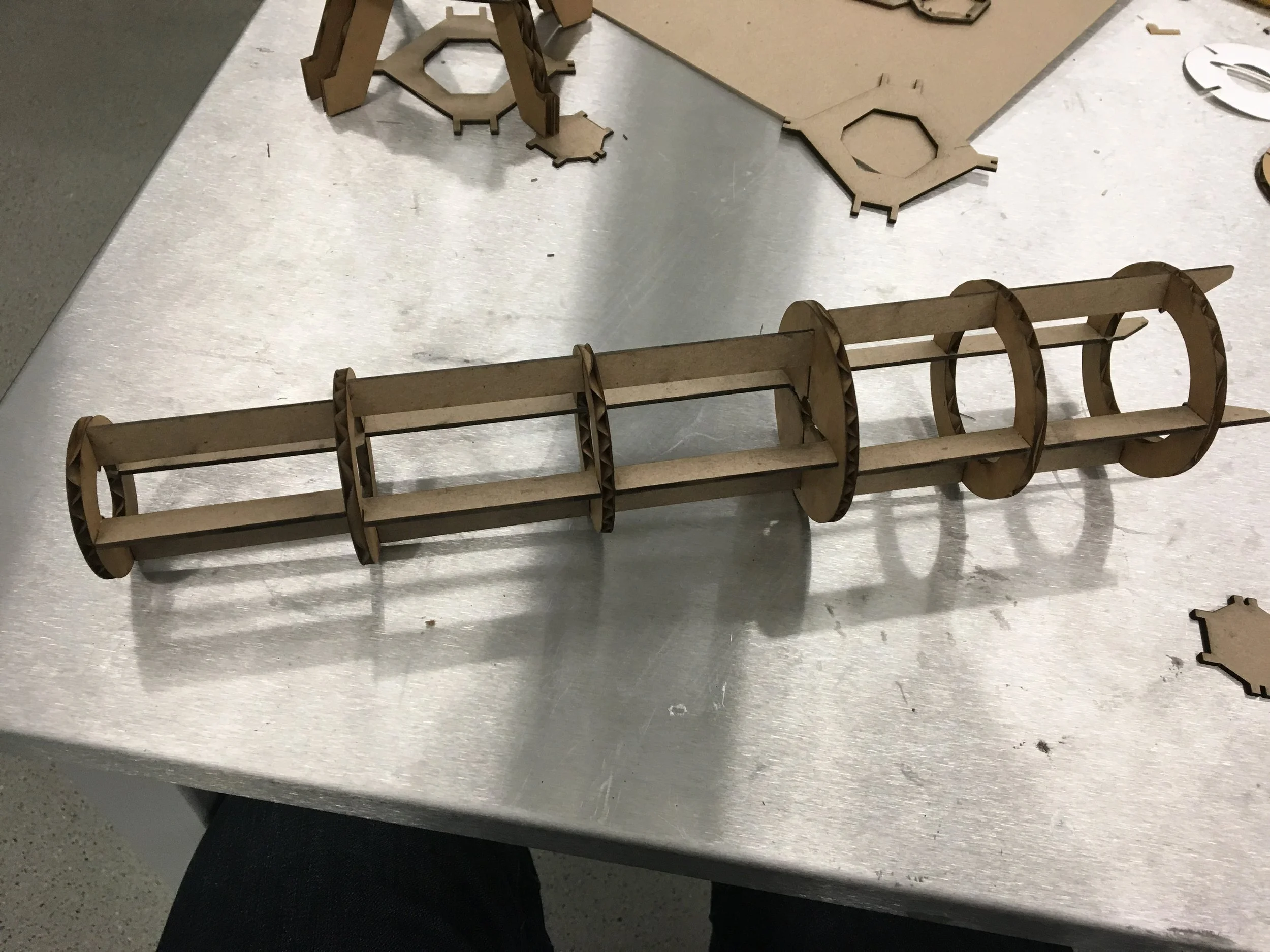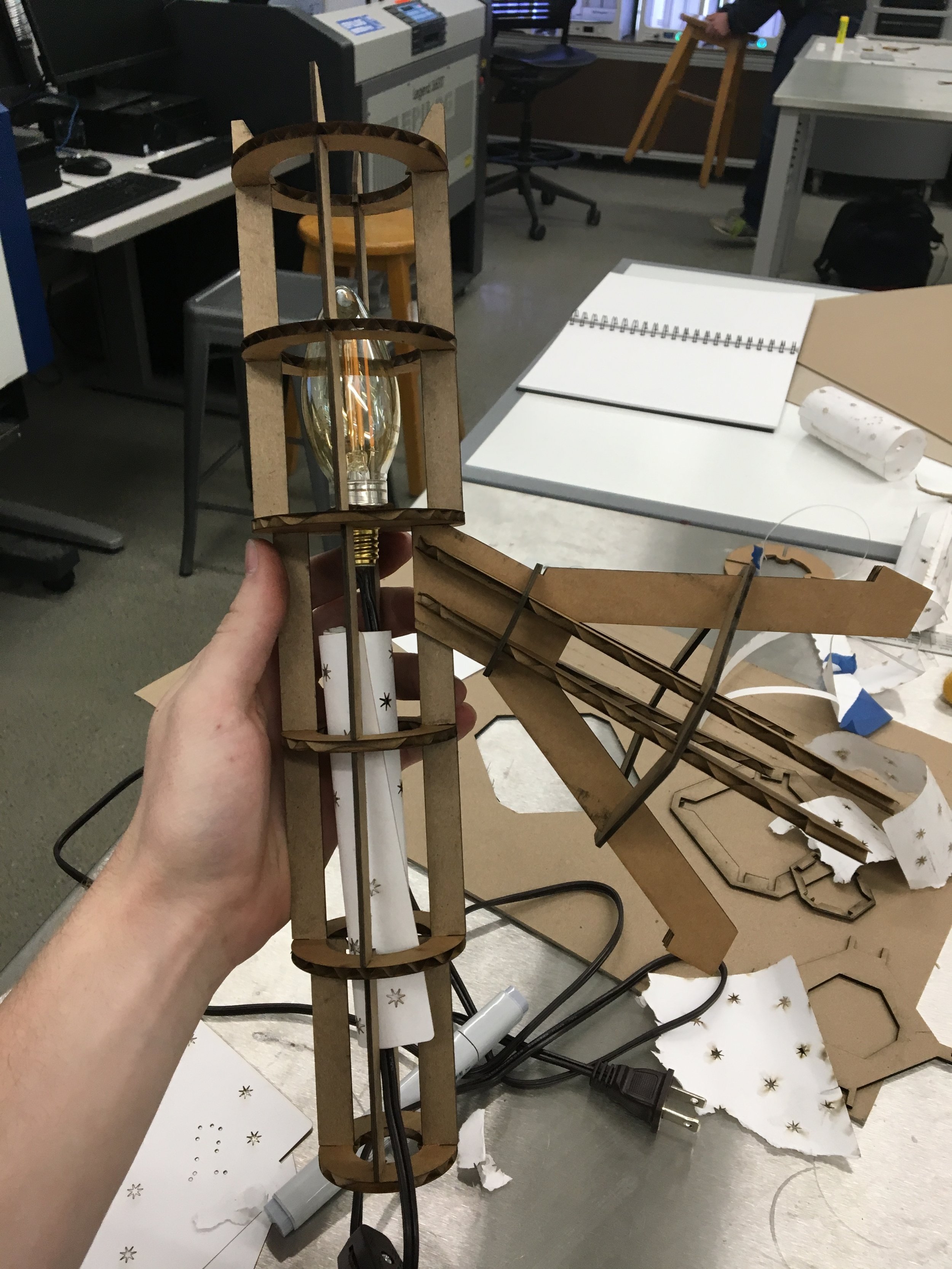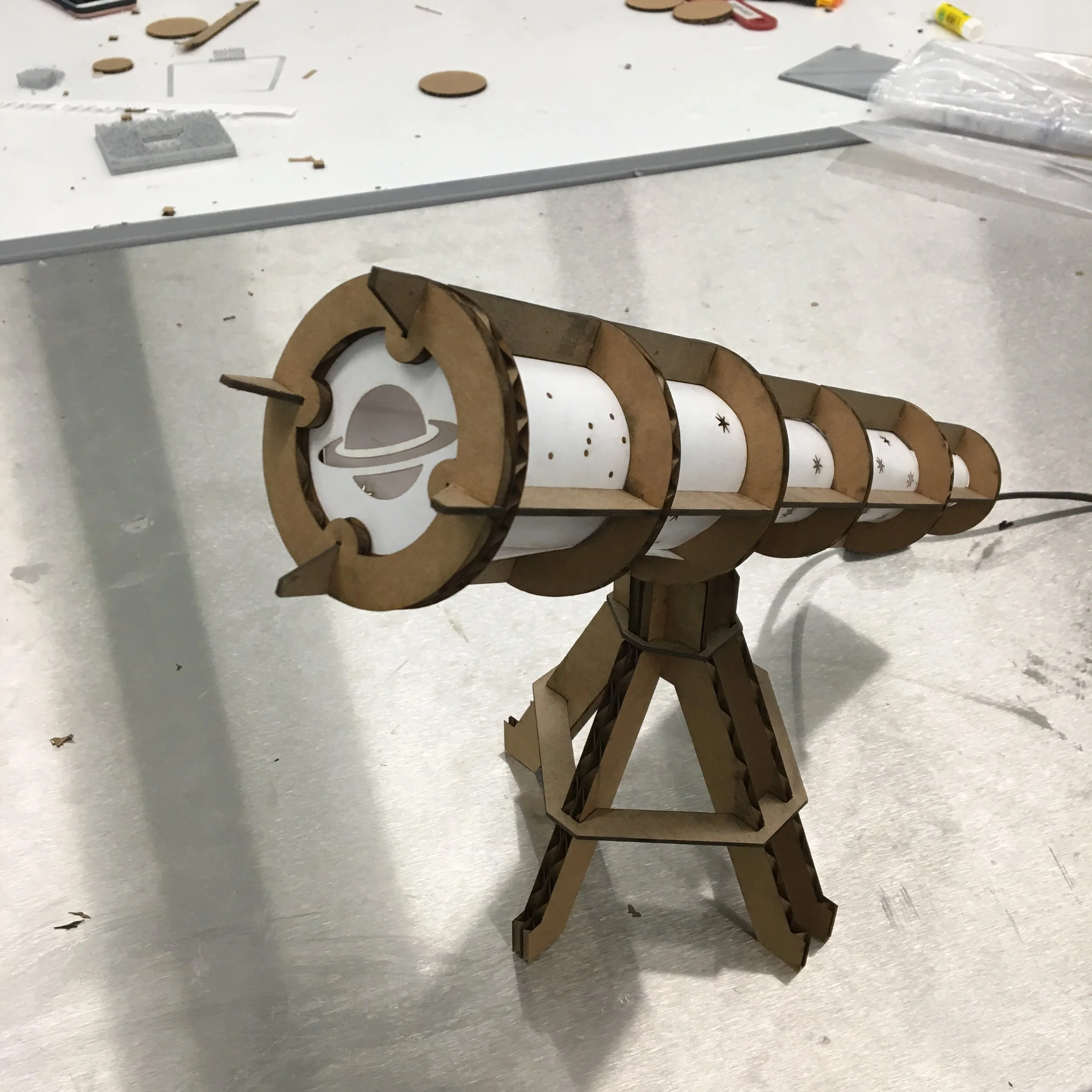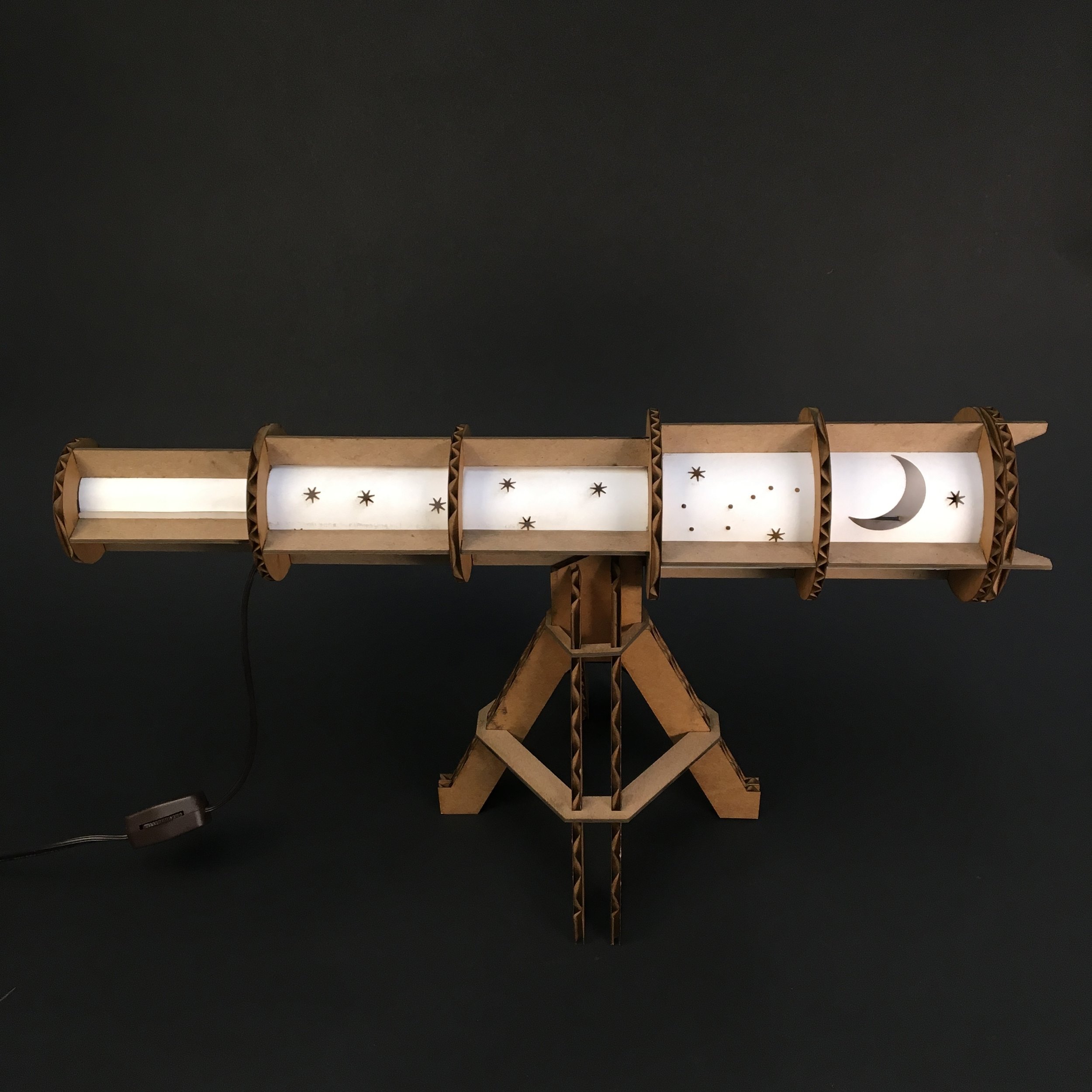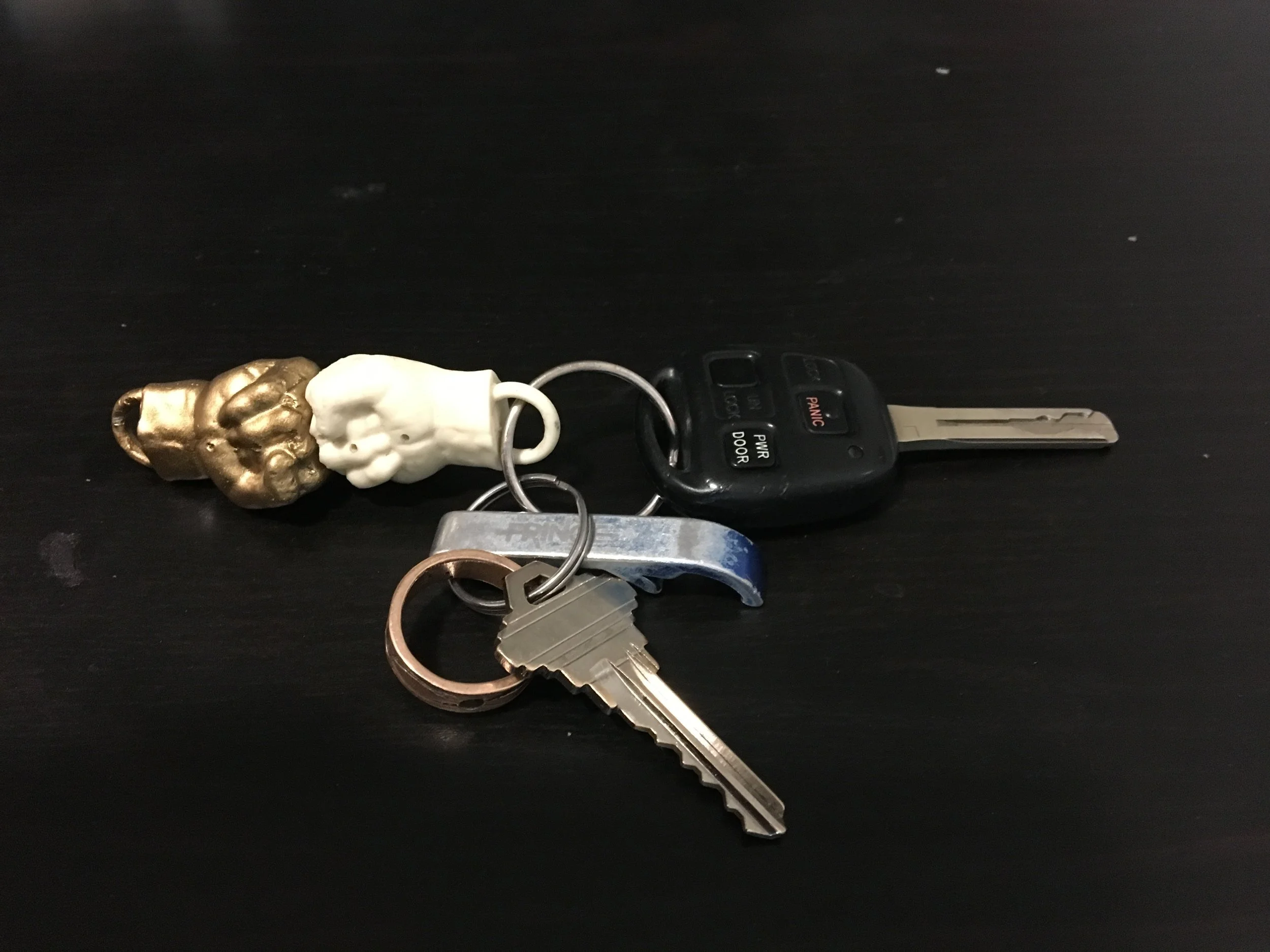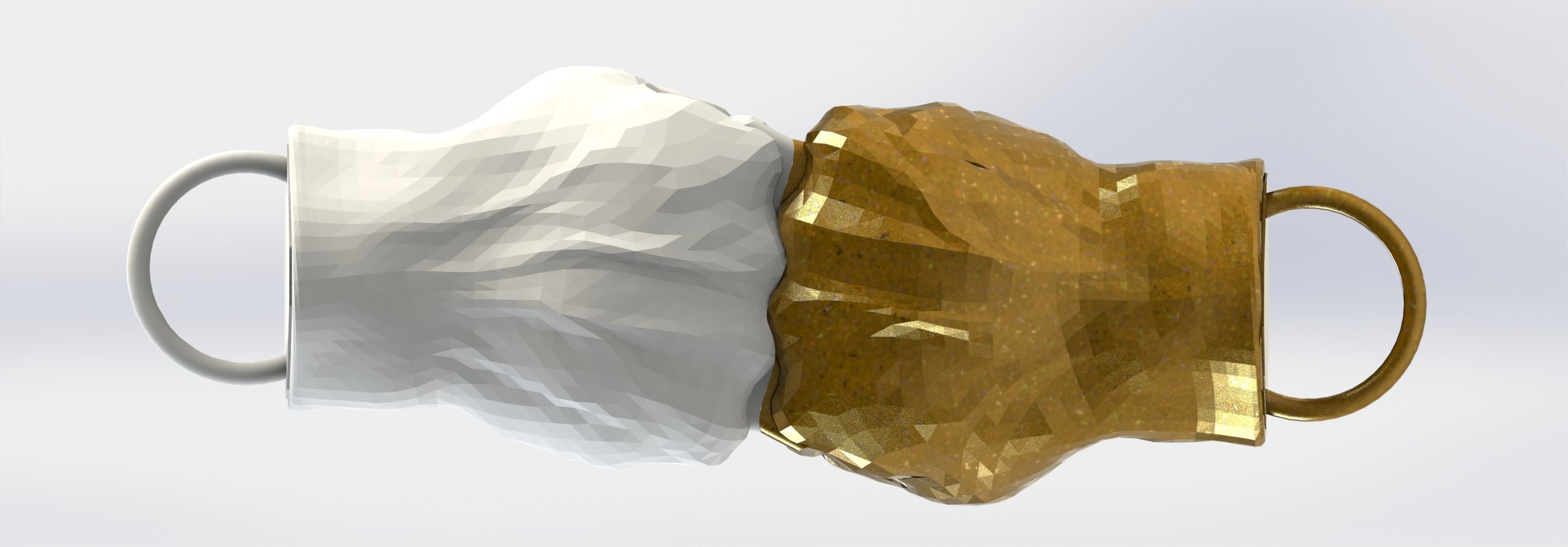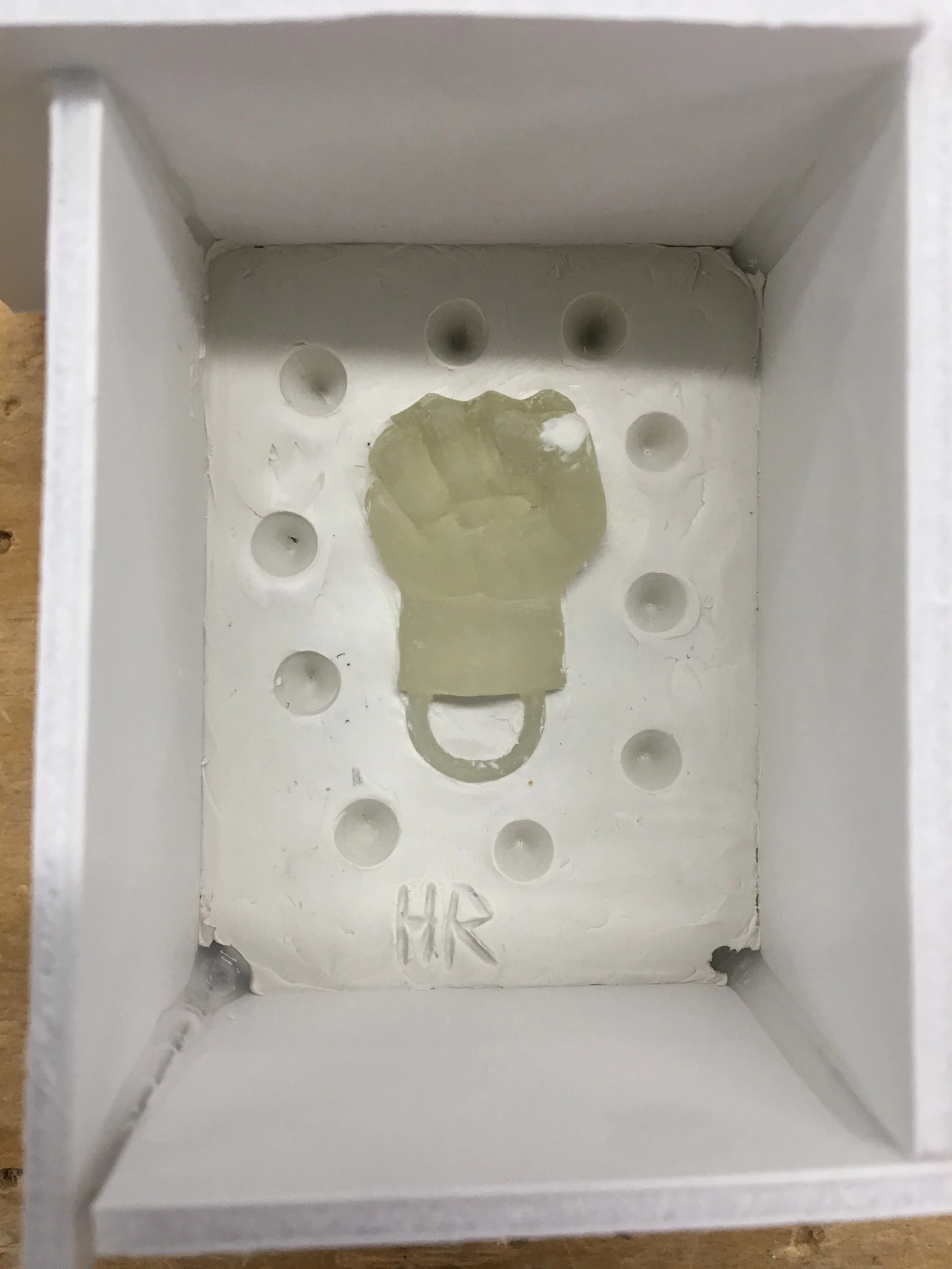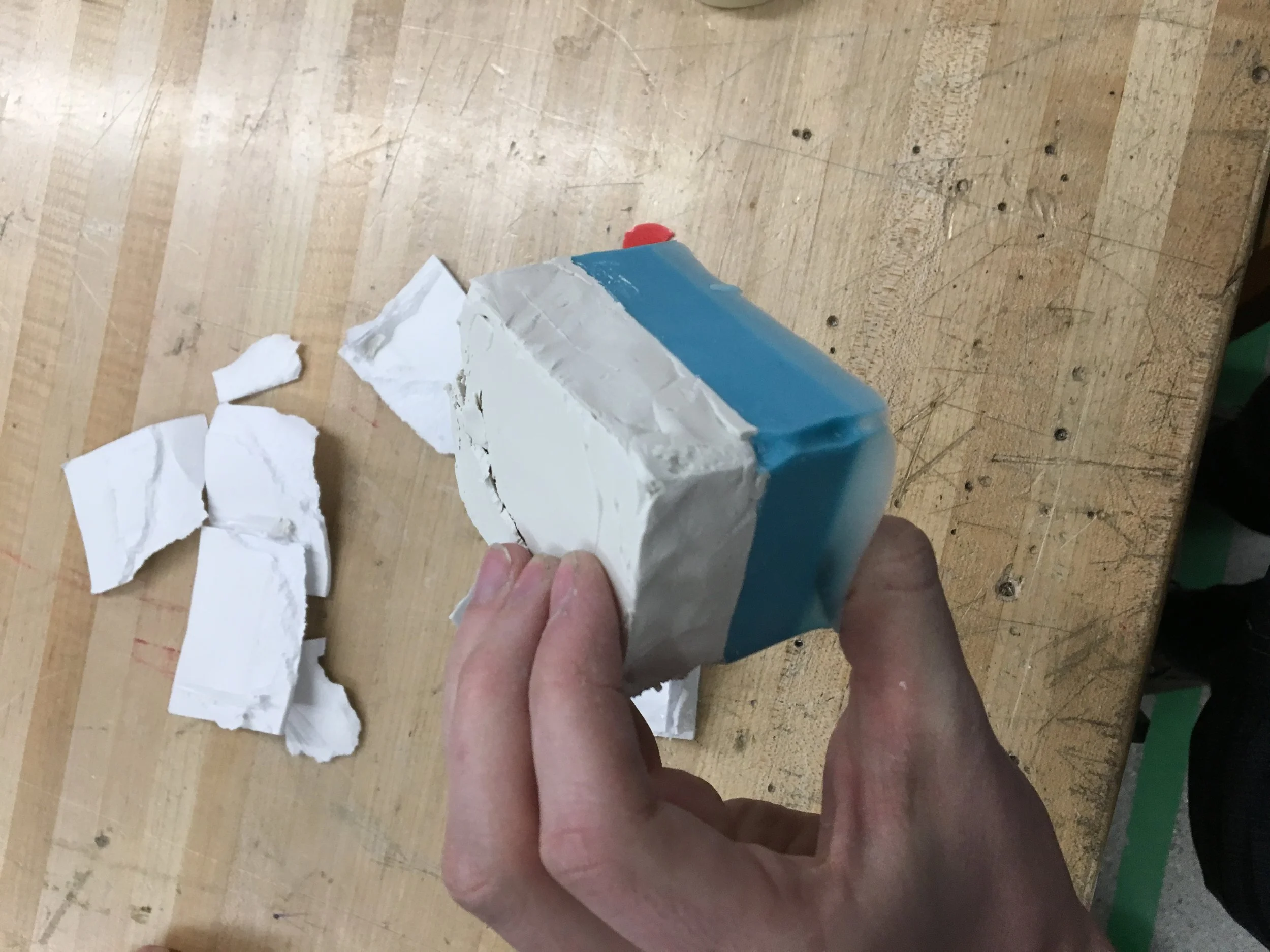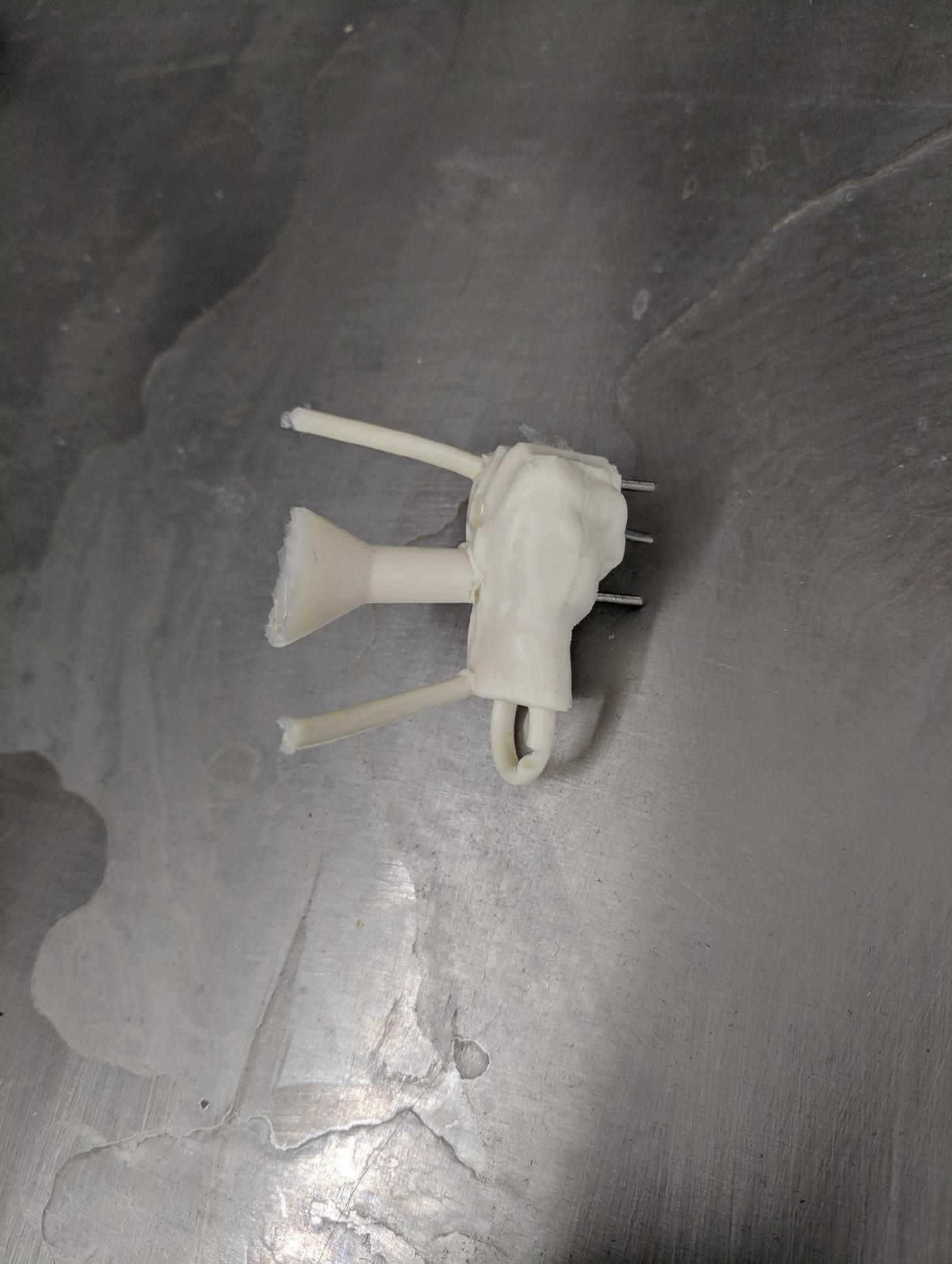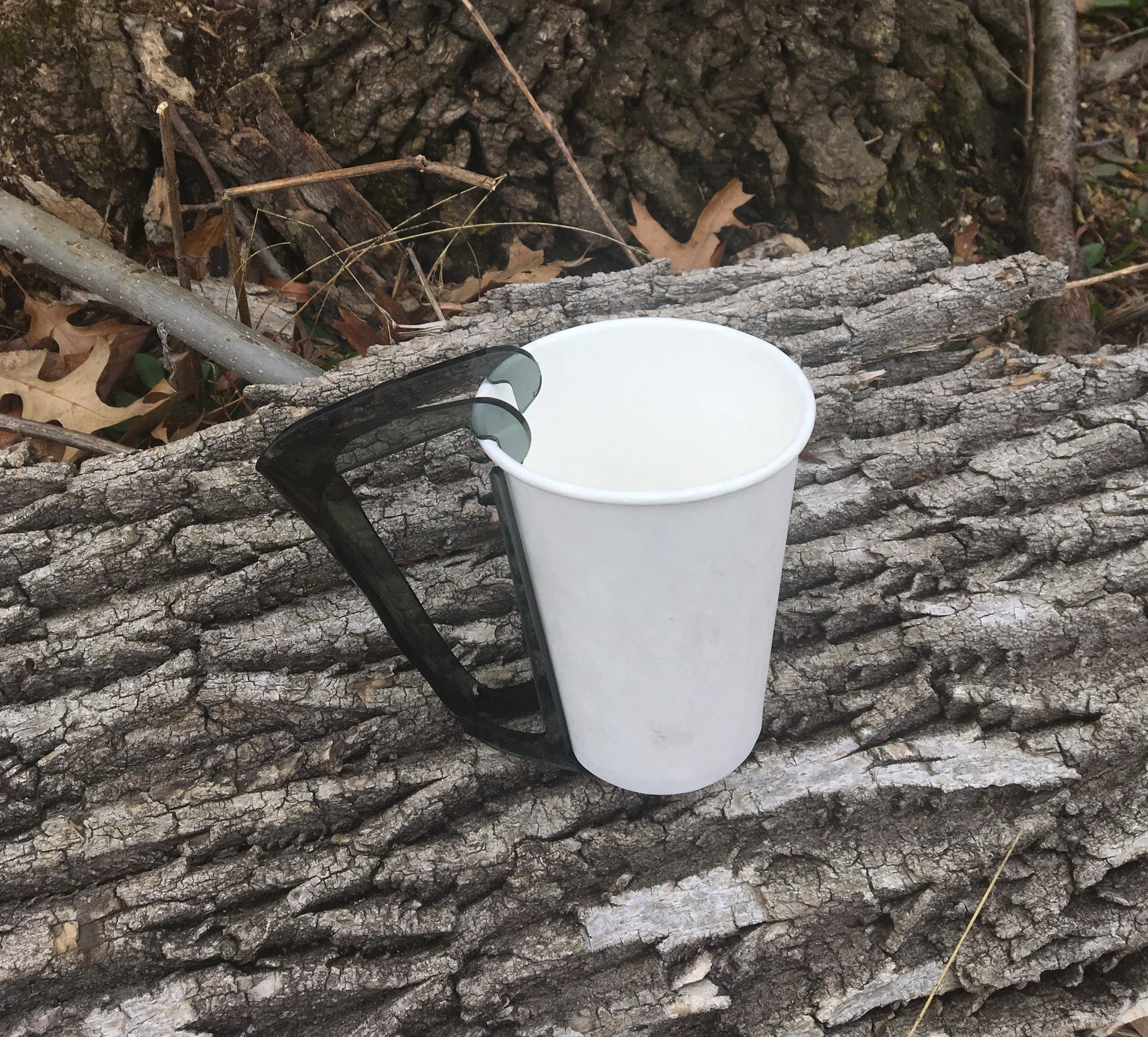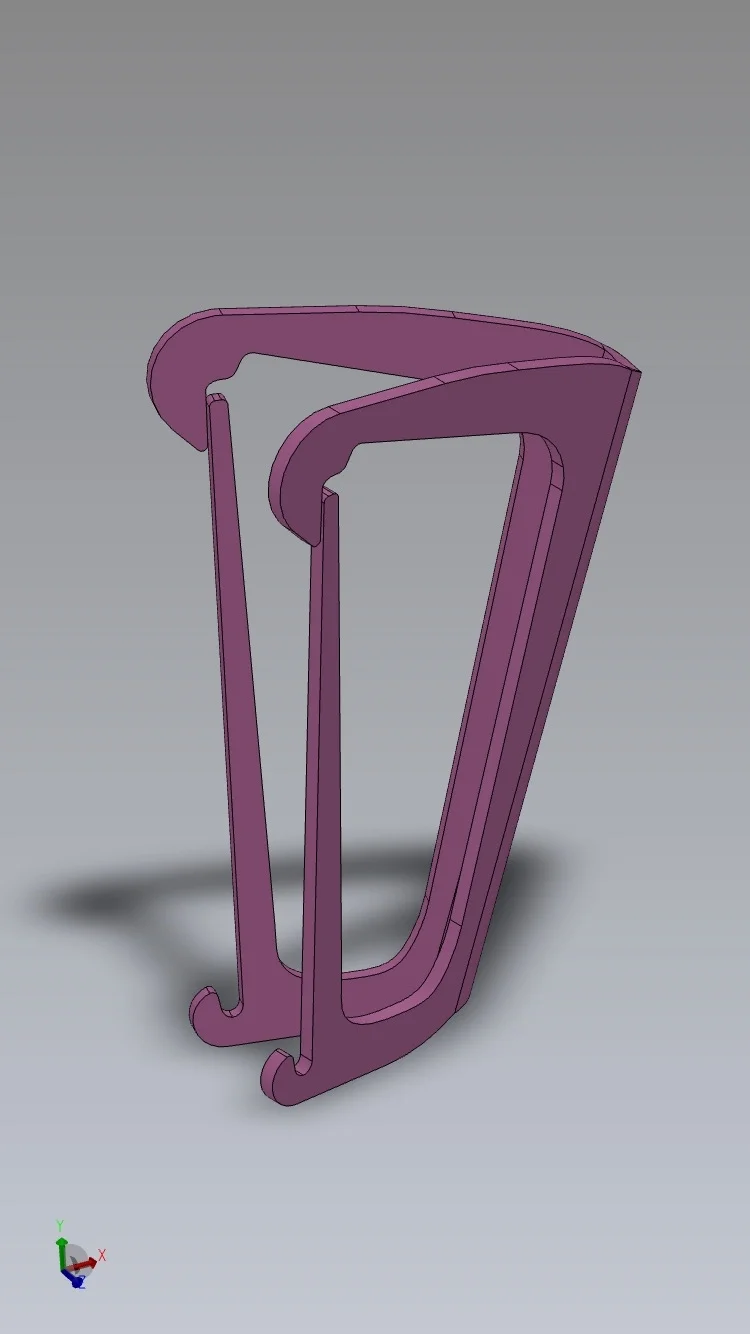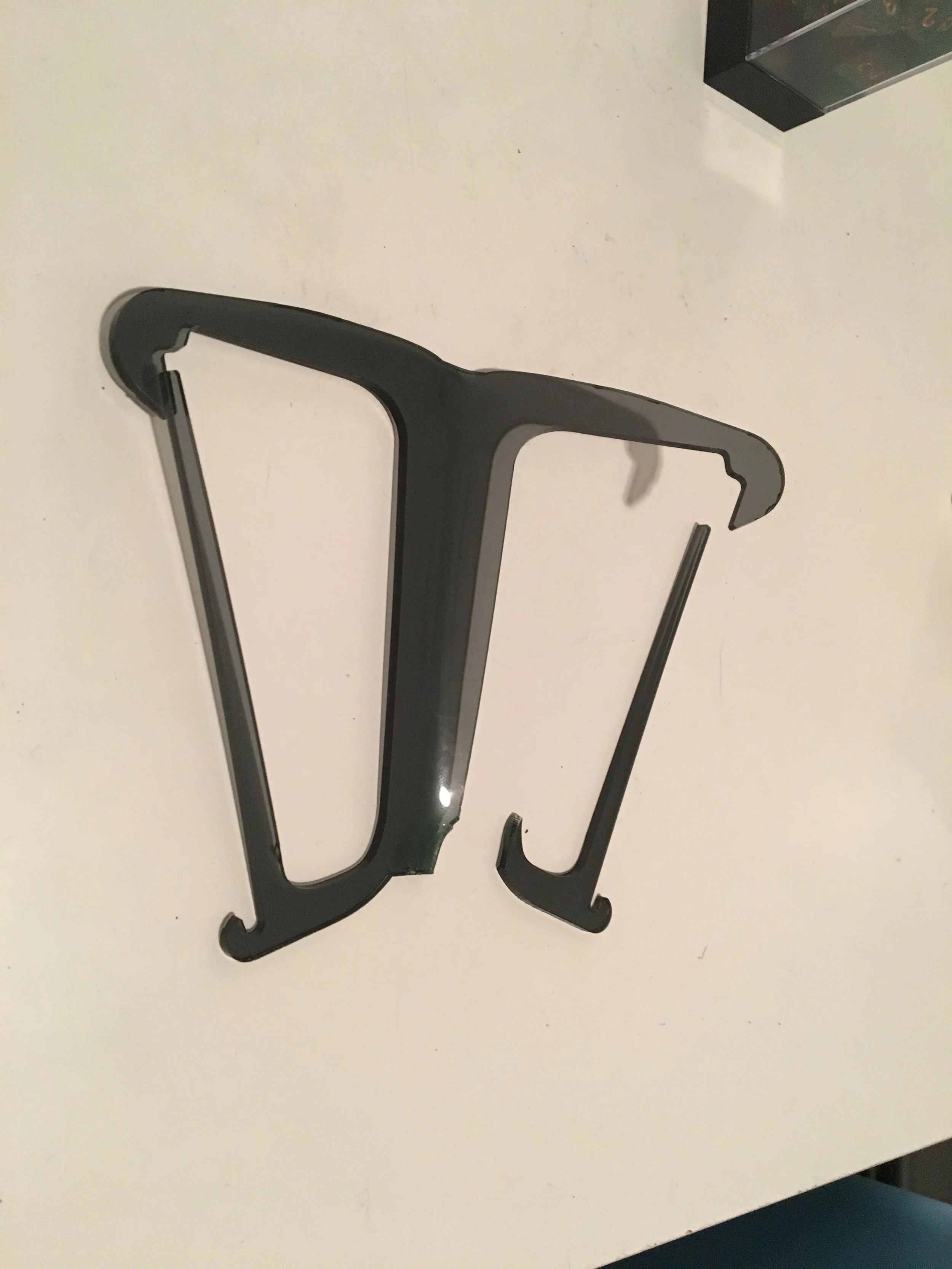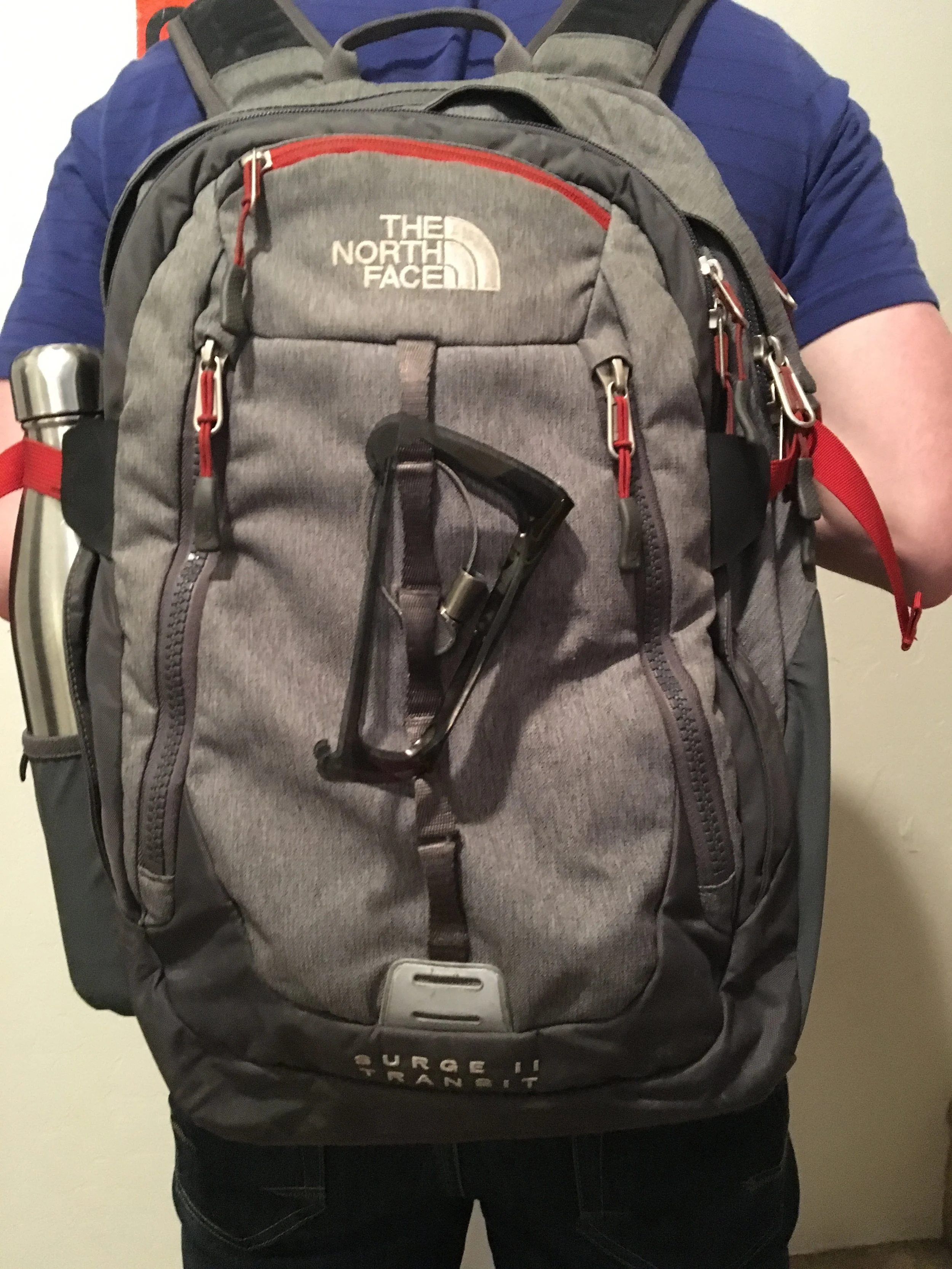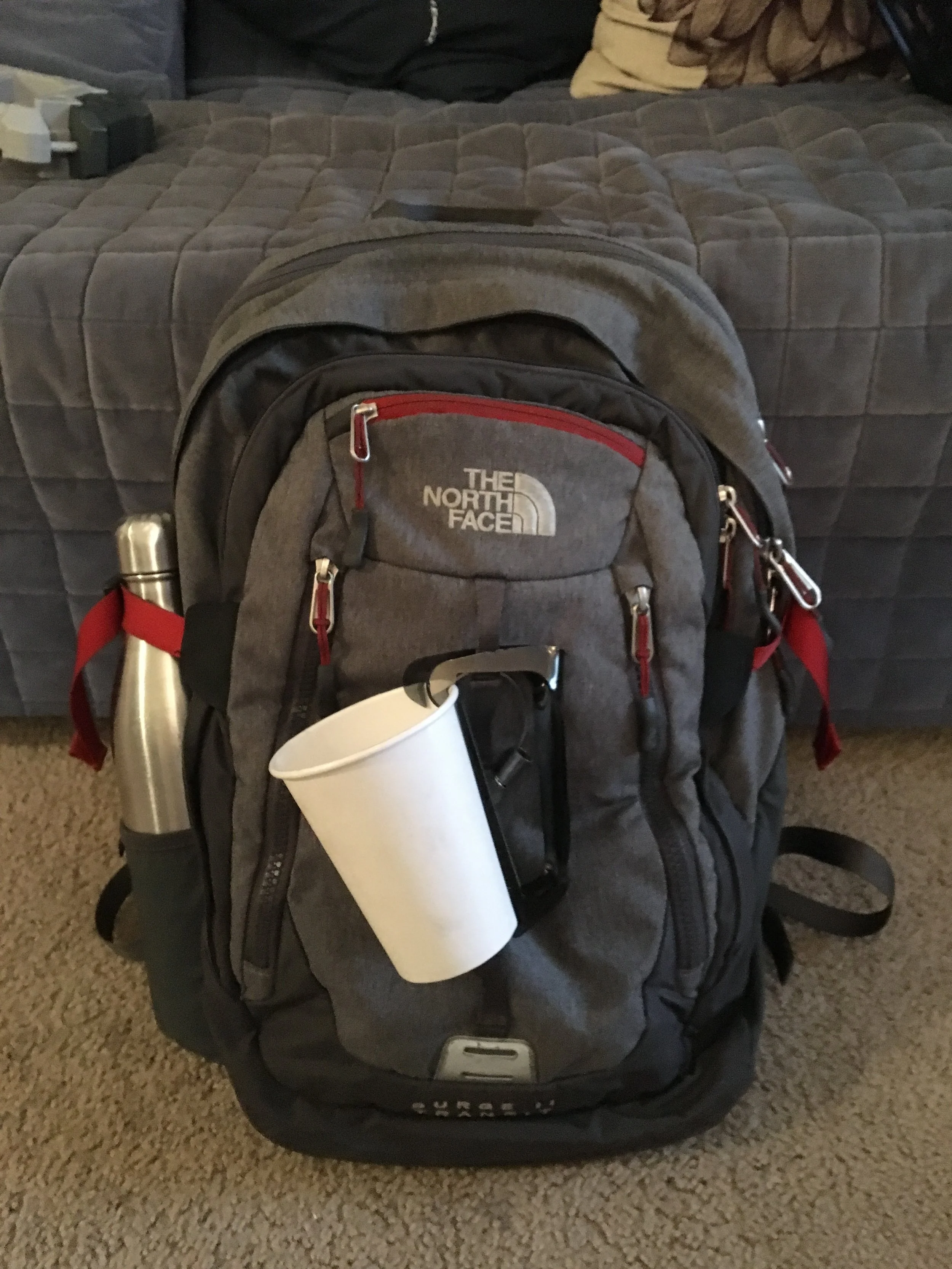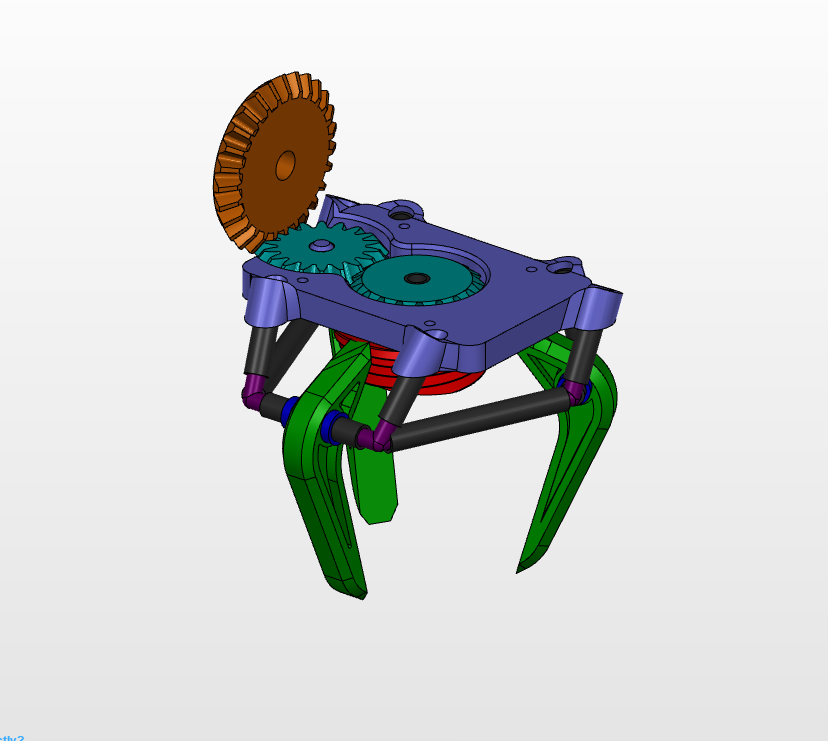Project Outline
The idea here was to create a super bright head light for divers. Current dive lights require the use of hands which can be a huge hindrance to any sort of work underwater. This is especially true in the case of scientific diving and reef restoration. Low budgets demand a simple and adaptable solution and DiveLight meets those needs. In addition to this, the options to change the light color and even change to UV allows divers to explore how colors change with depth and varying light levels as well as admire phosphorescent corals.
The main challenges of this project were miniaturization, waterproofing, and pressure-proofing. Miniaturization was achieved through careful component selection and use of a miniaturized Arduino Beetle. Conforming the enclosure to the battery (the largest component) helps keep the overall size to a minimum. The waterproofing and pressure proofing were achieved at the same time through the use of resin potting for the solid-state electronics and mineral oil for the moving parts. Specifically the potentiometer and the toggle button needed to be sealed from the water and the pressure while still retaining the ability to move. I chose to replace the air in the parts with mineral oil with the help of a vacuum pump. I then sealed the openings with flexible urethane.





